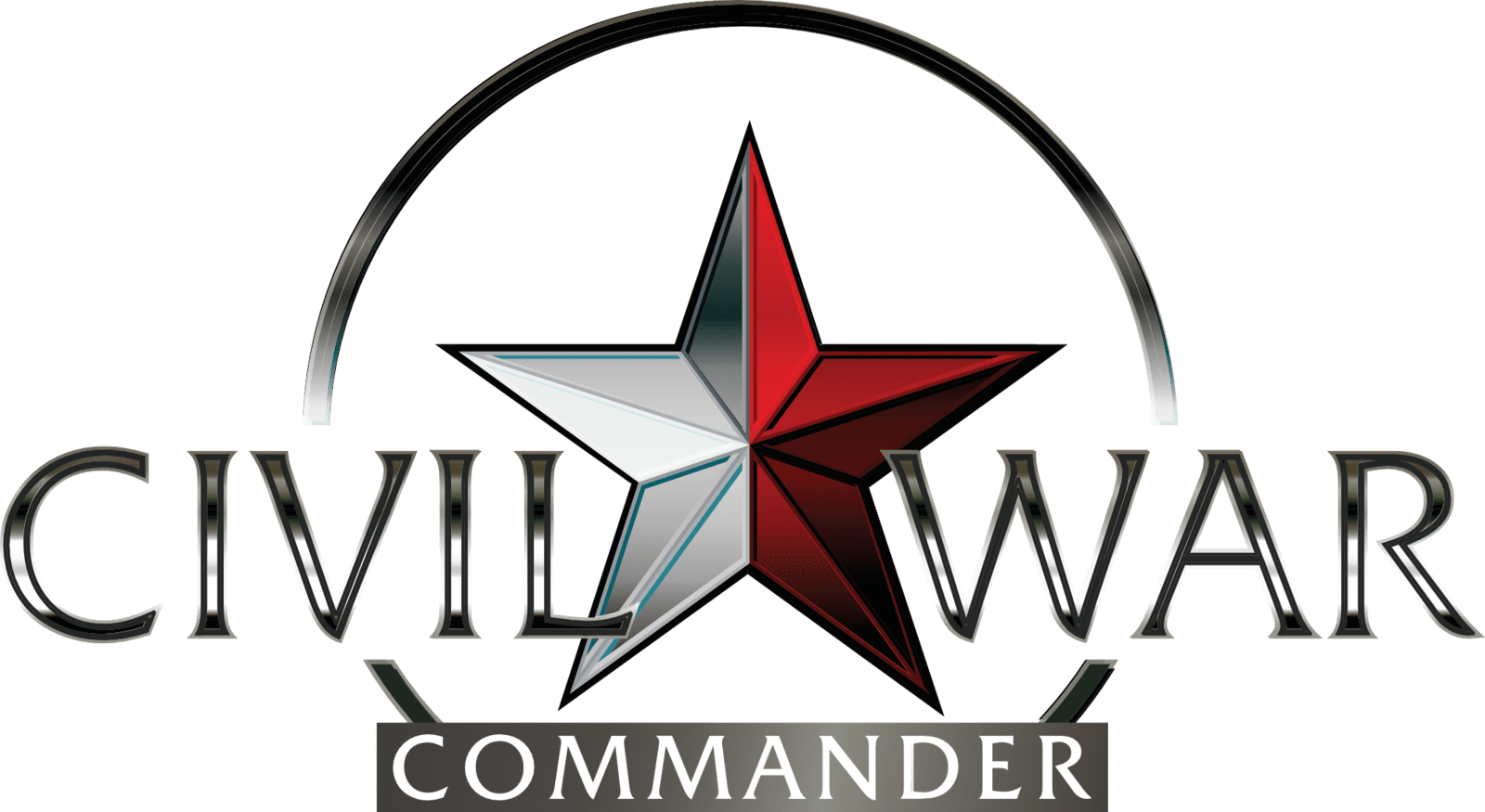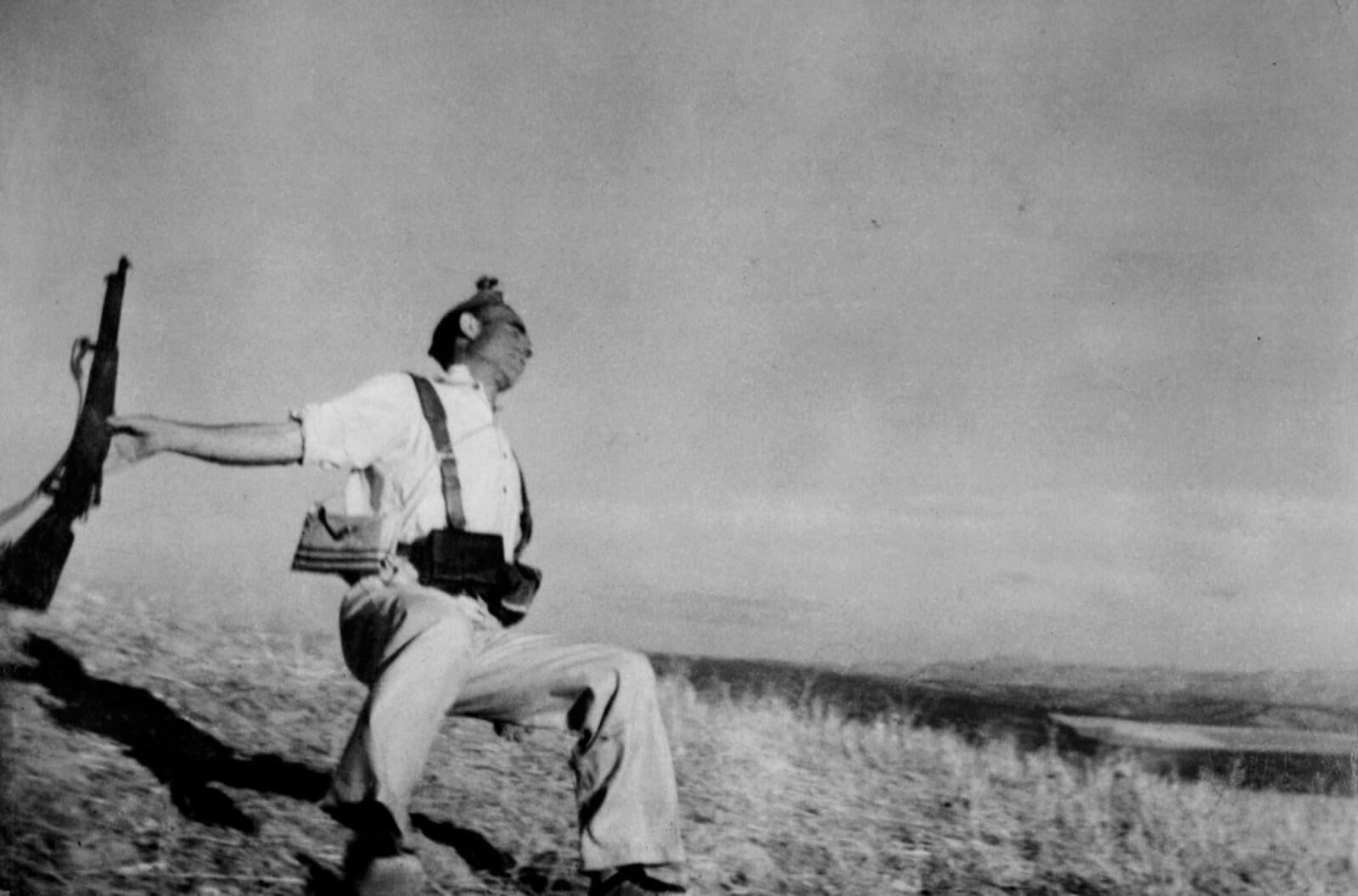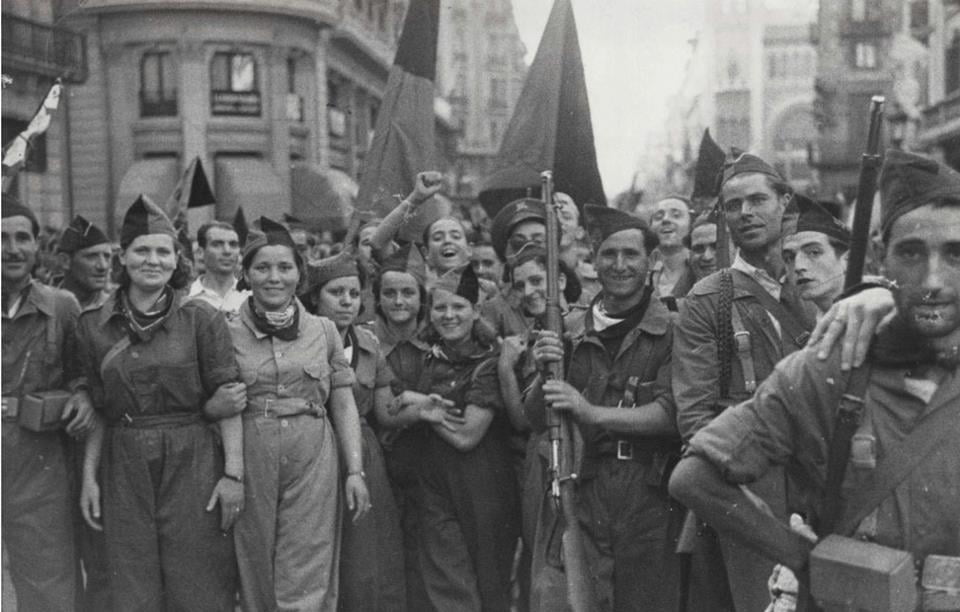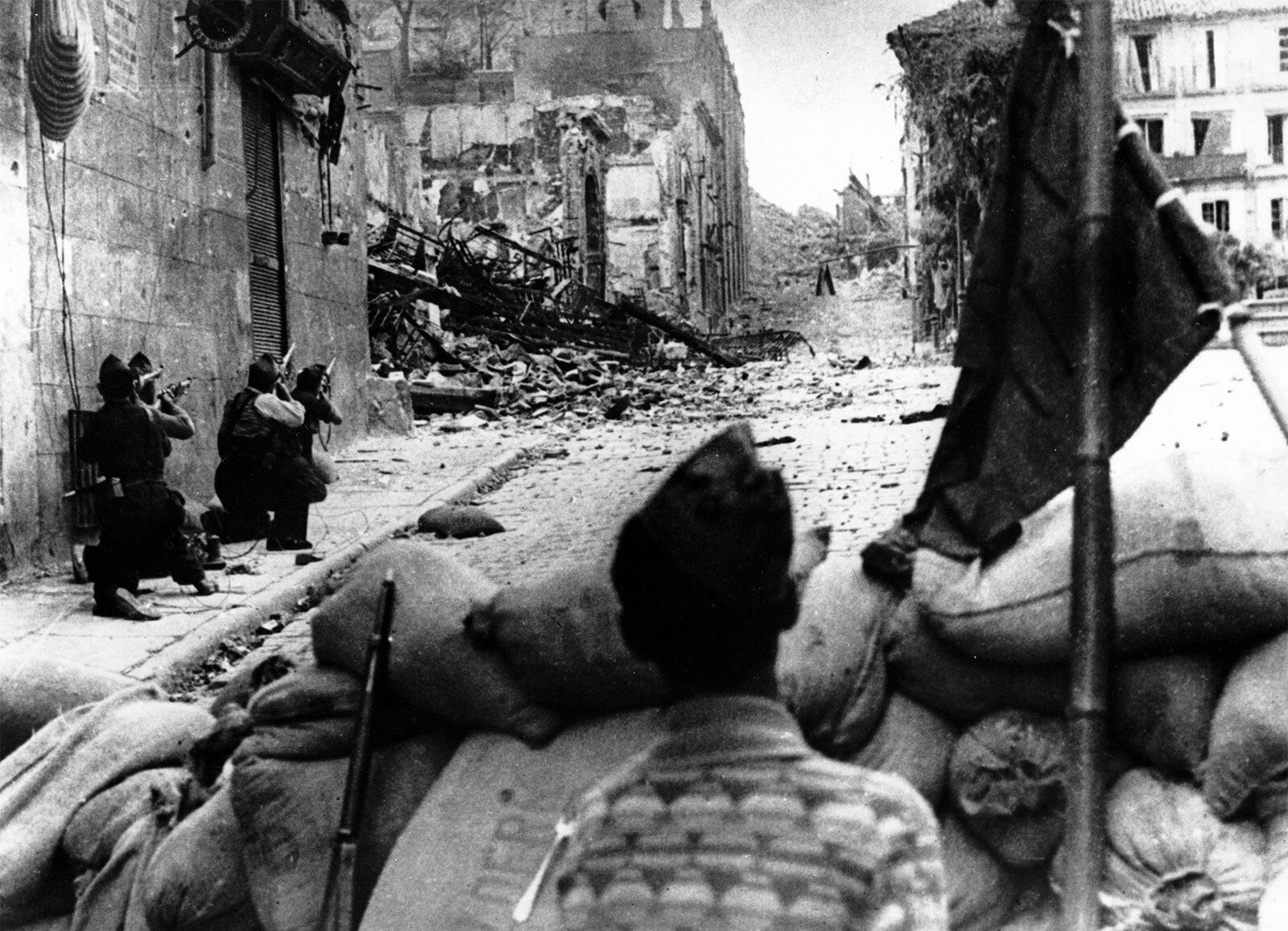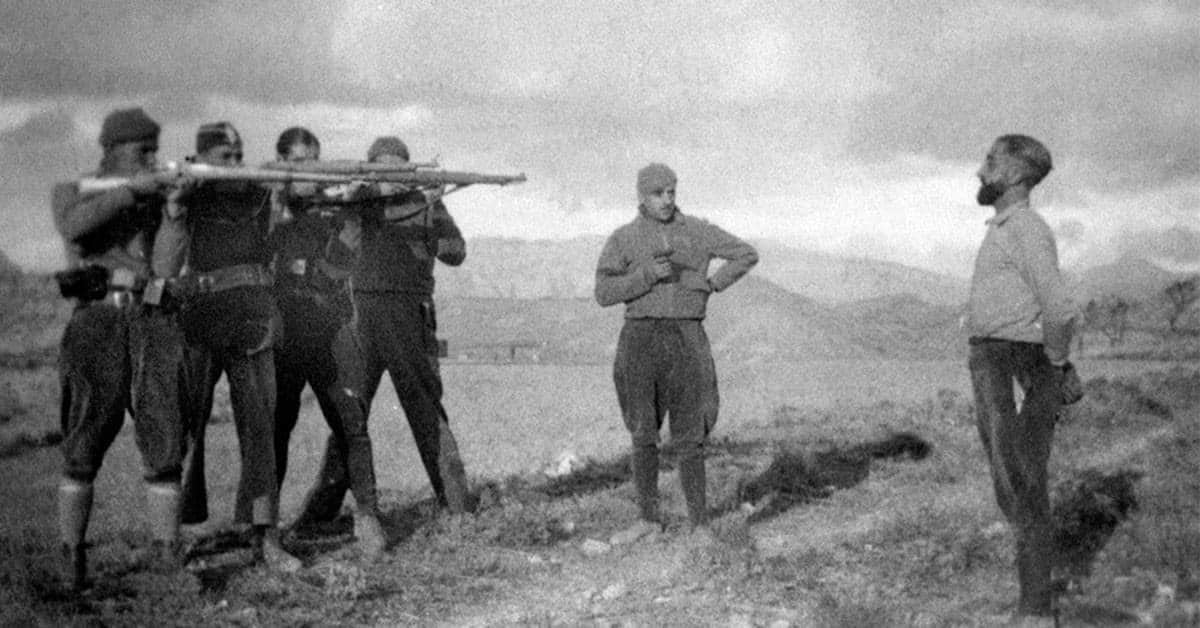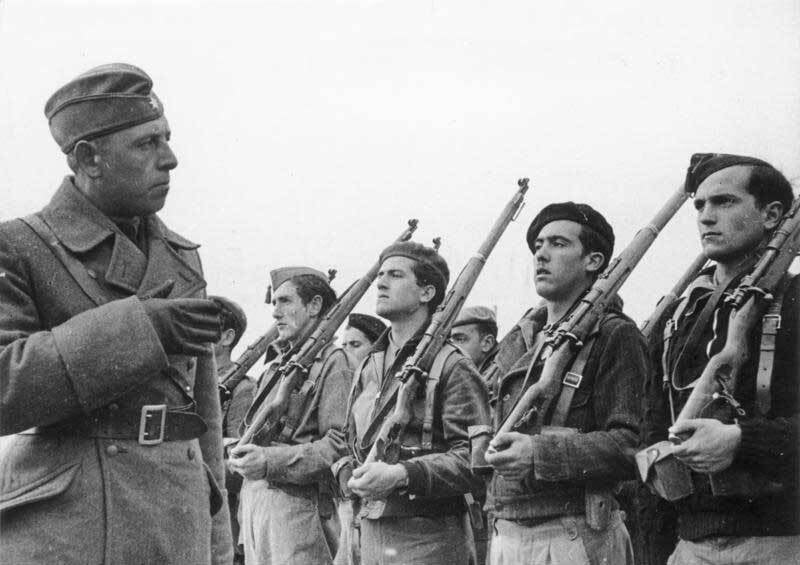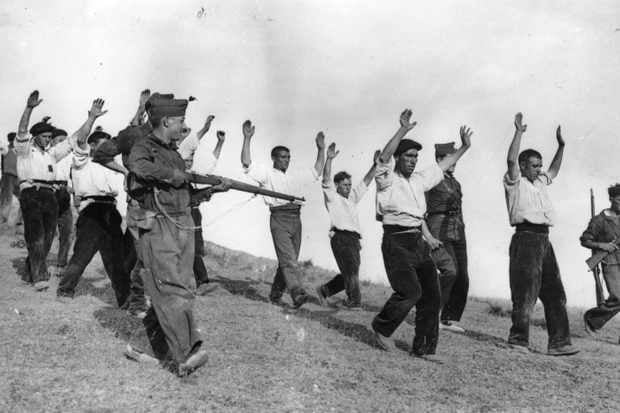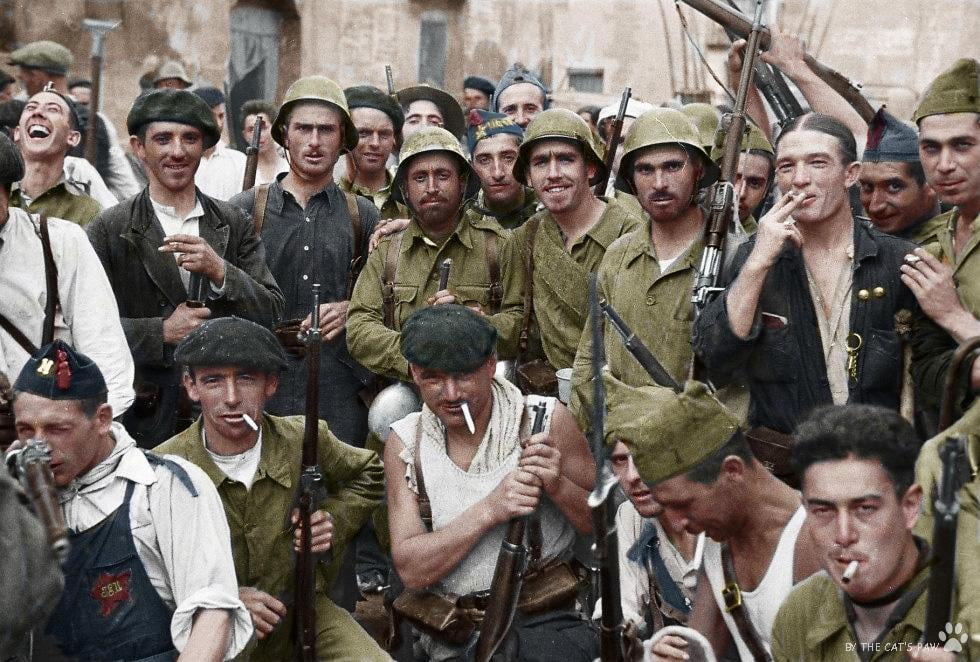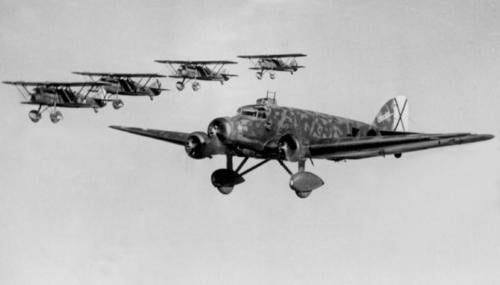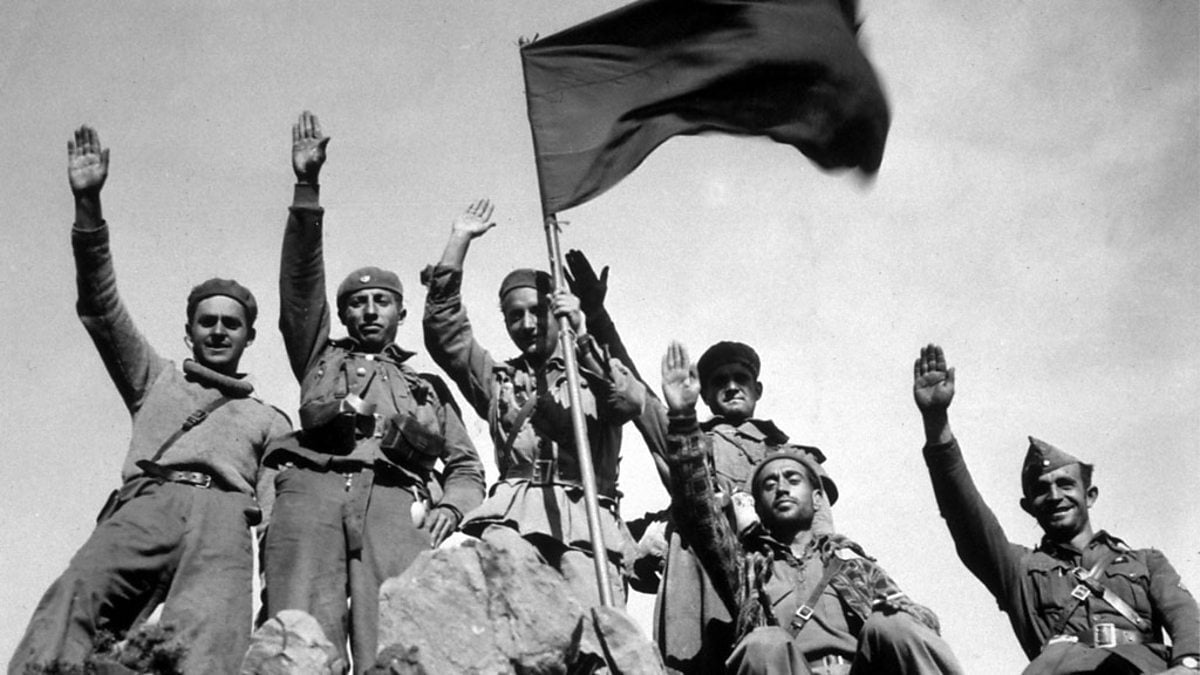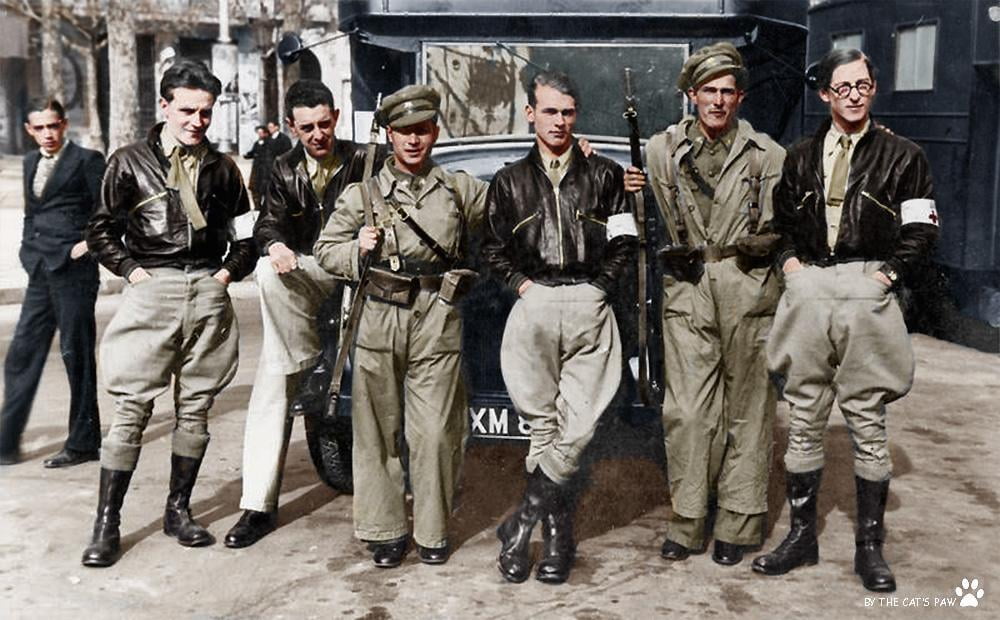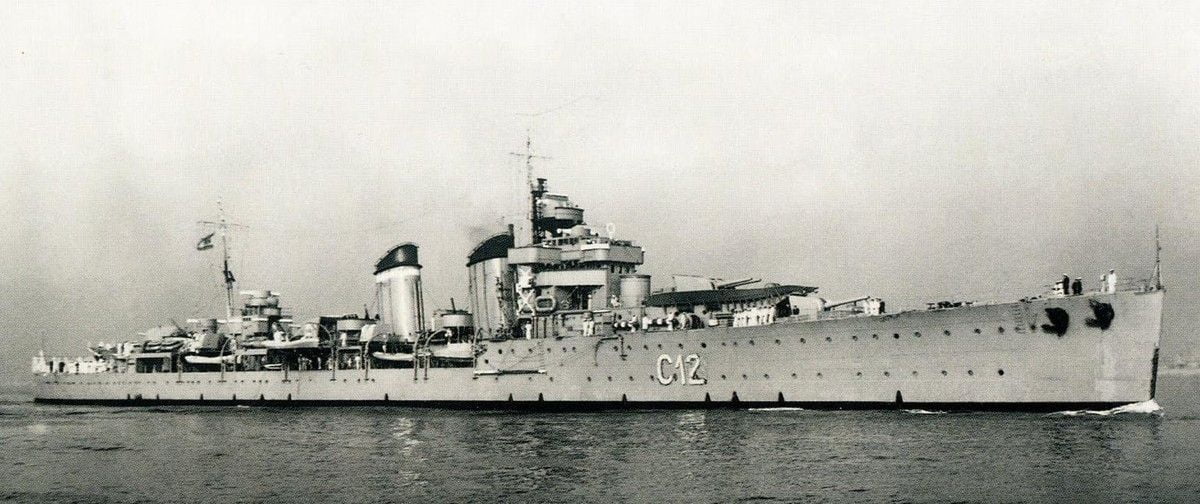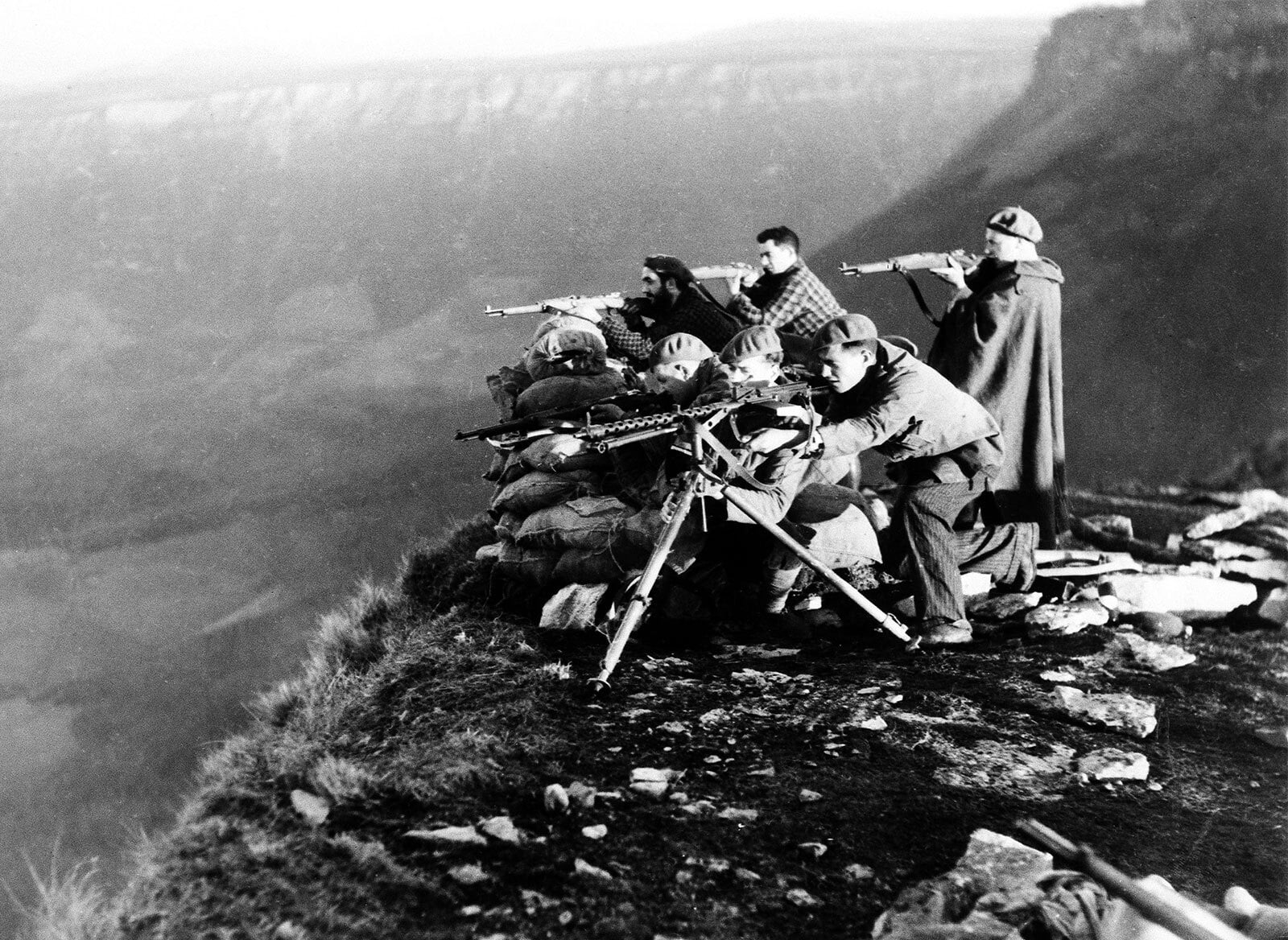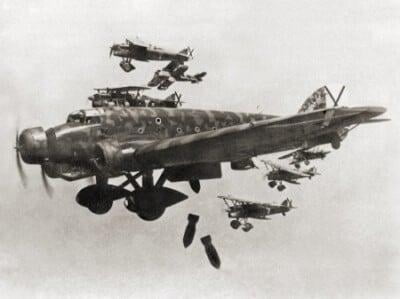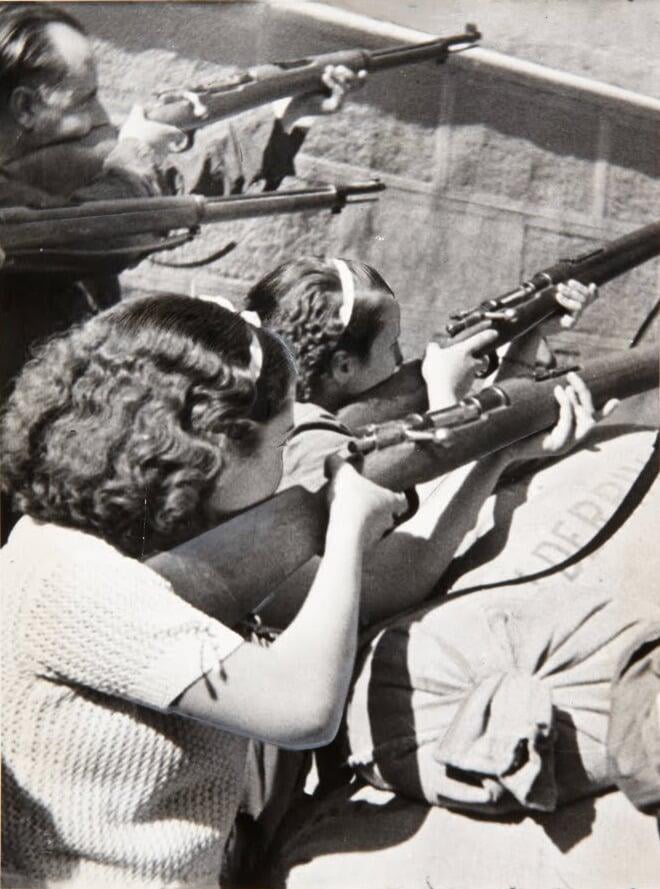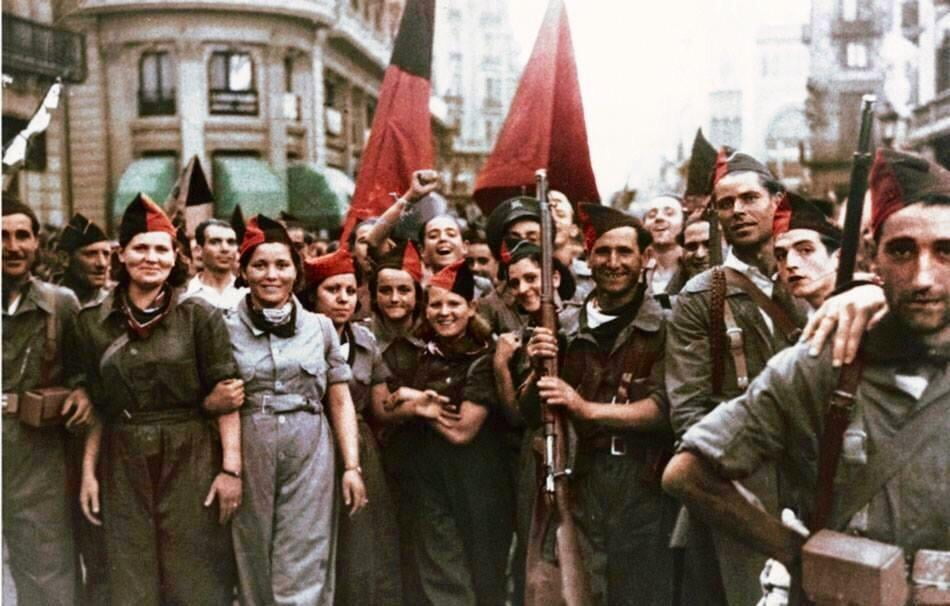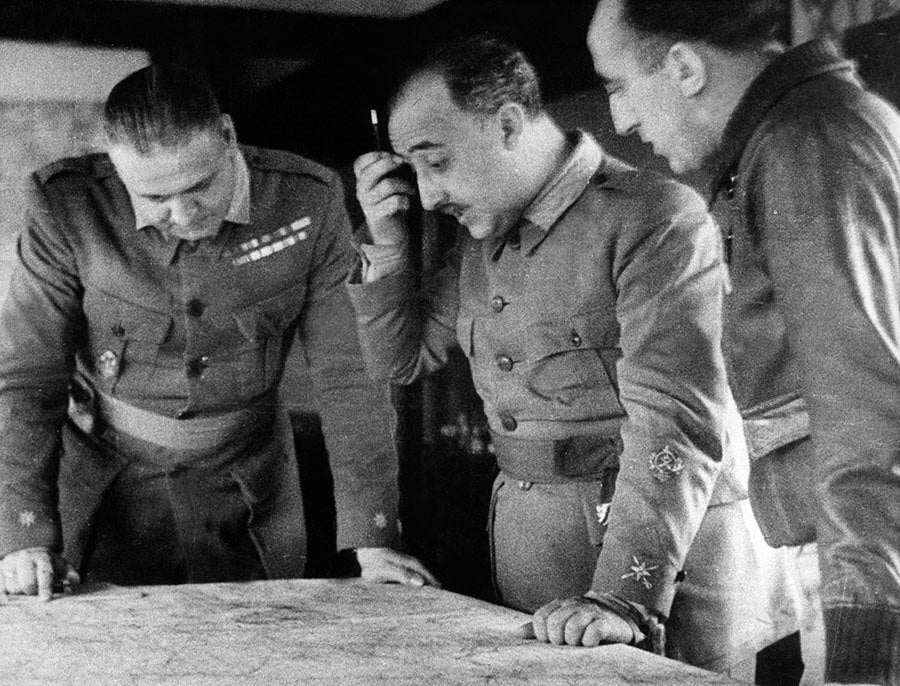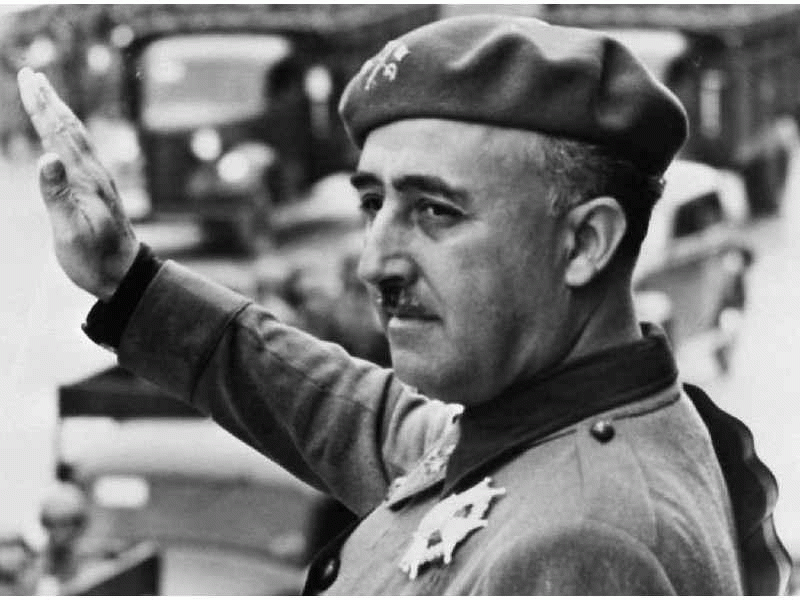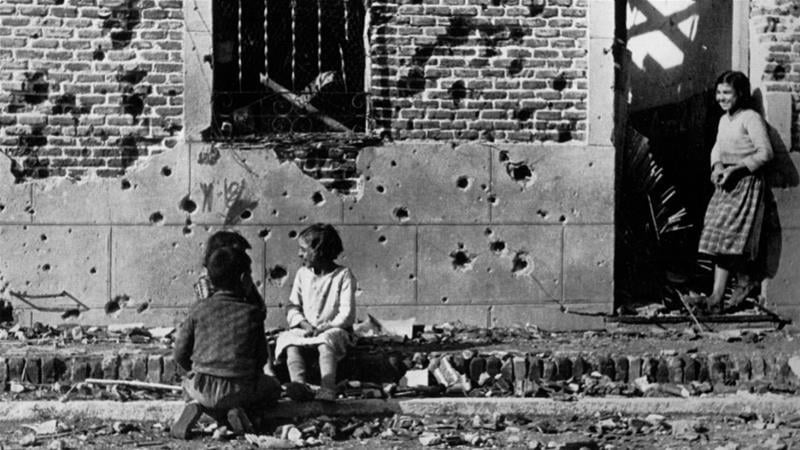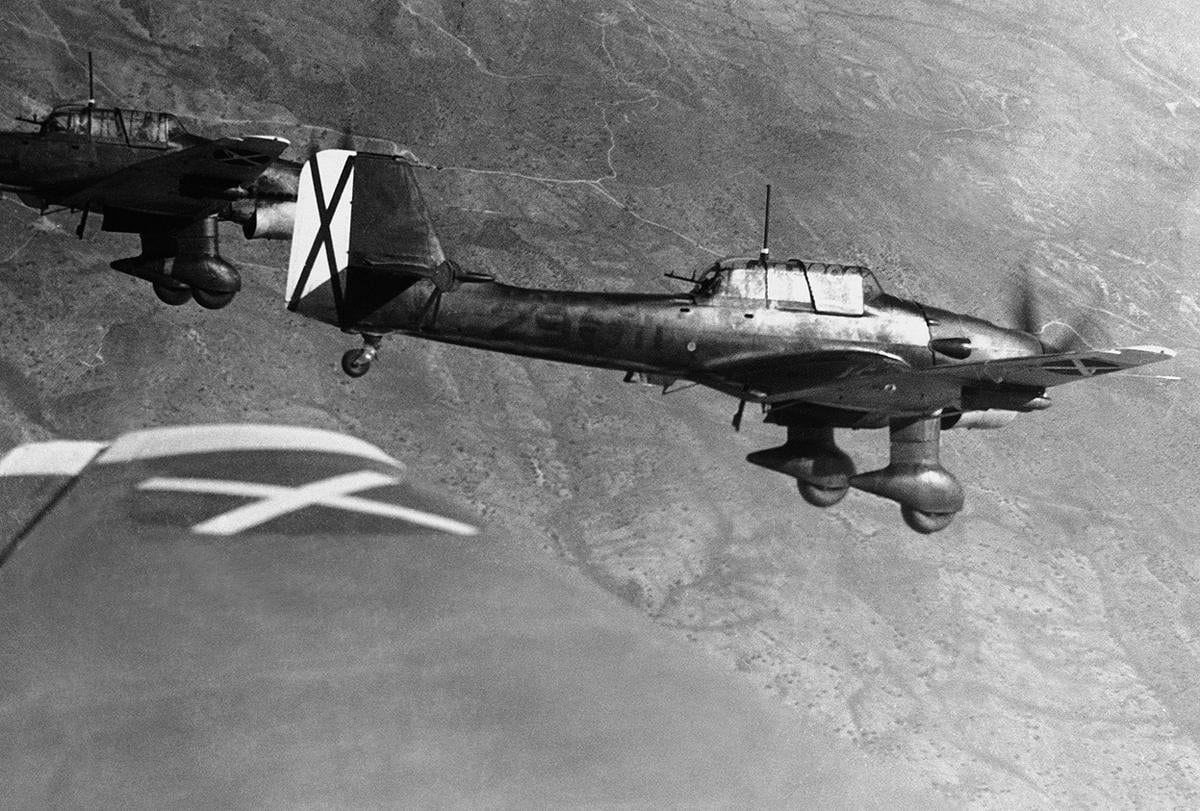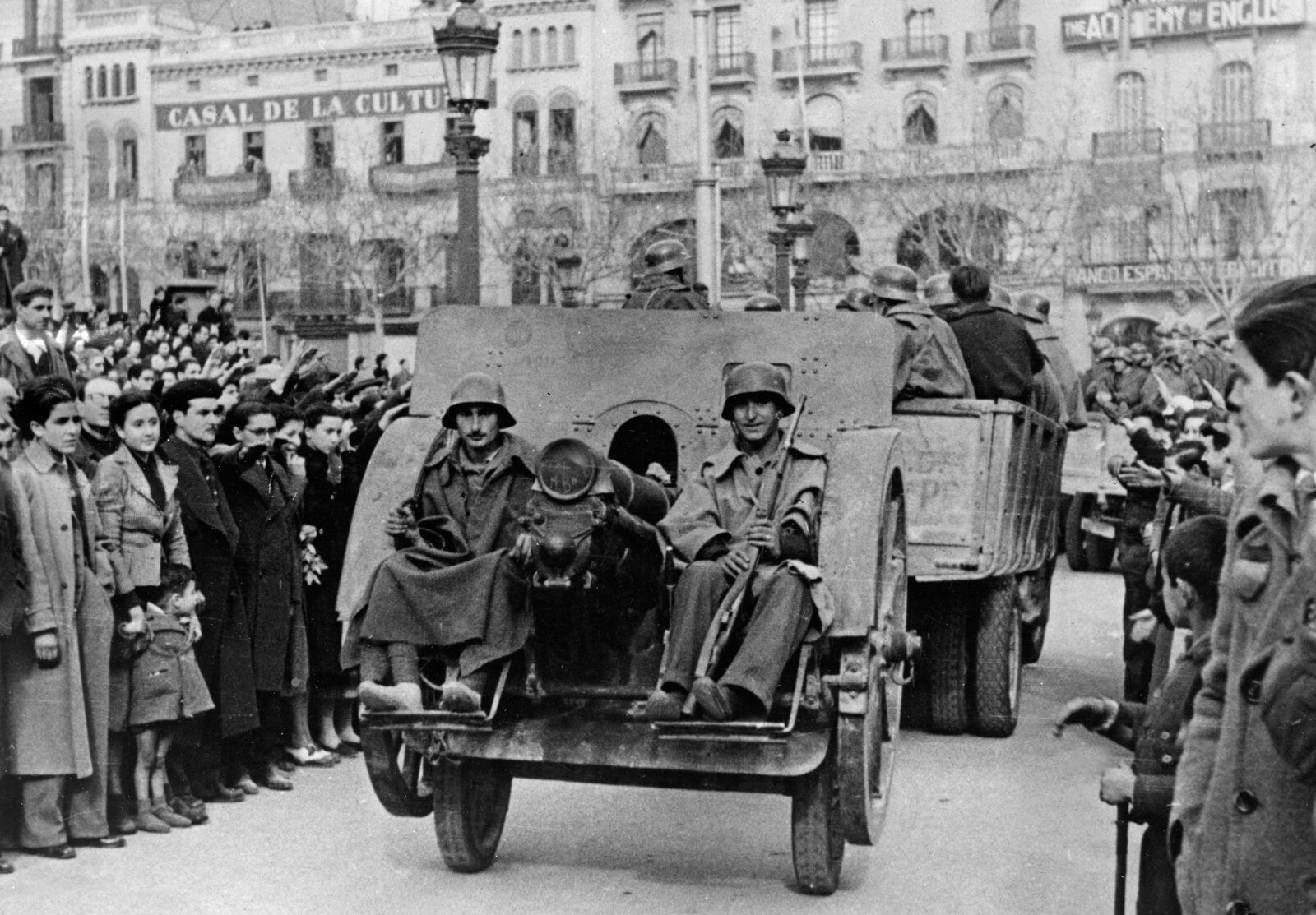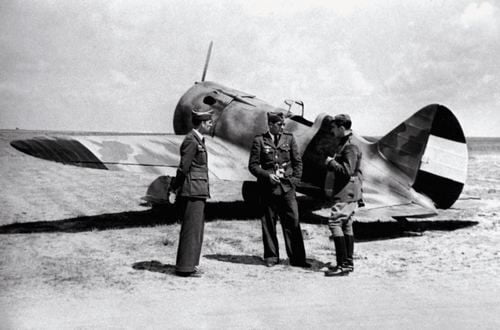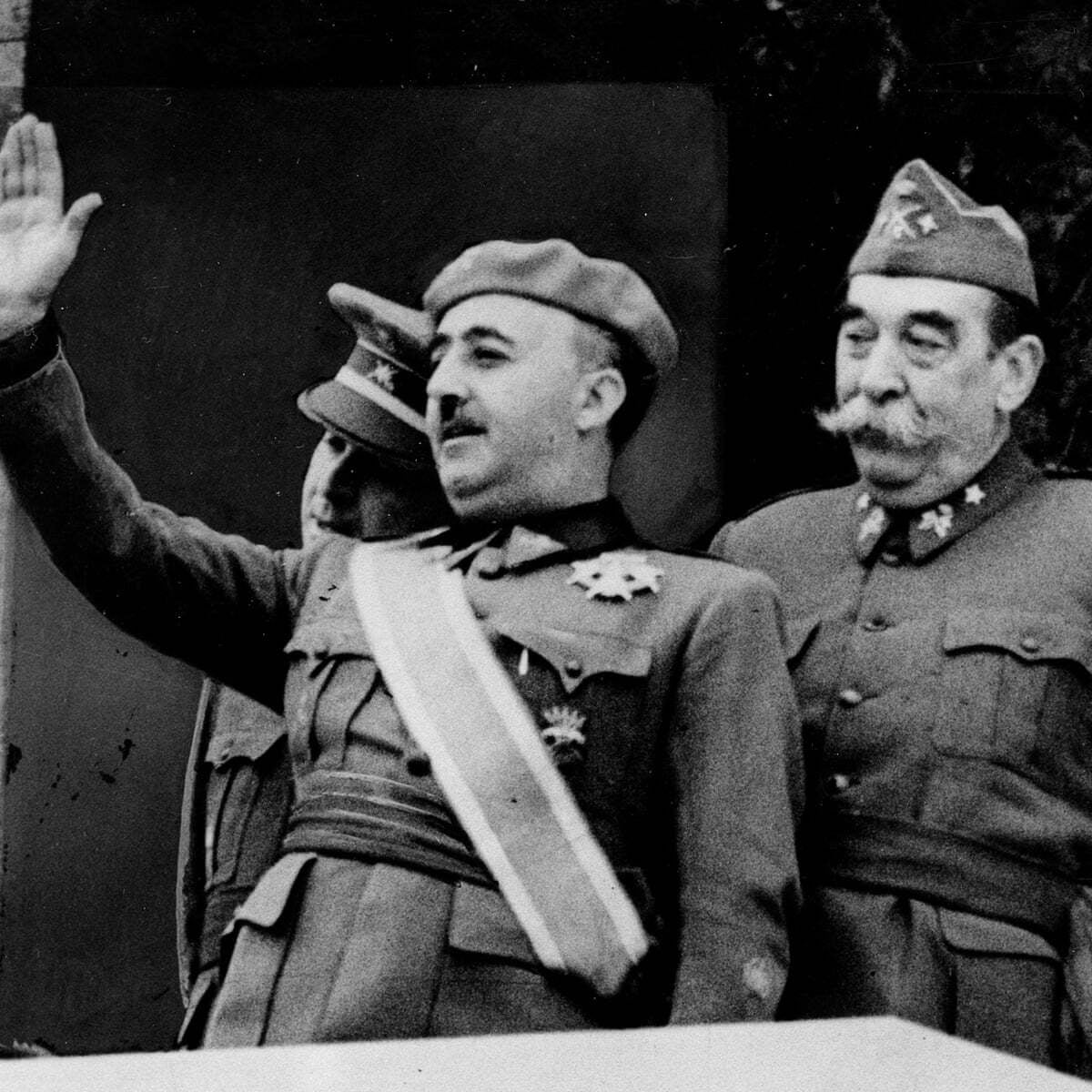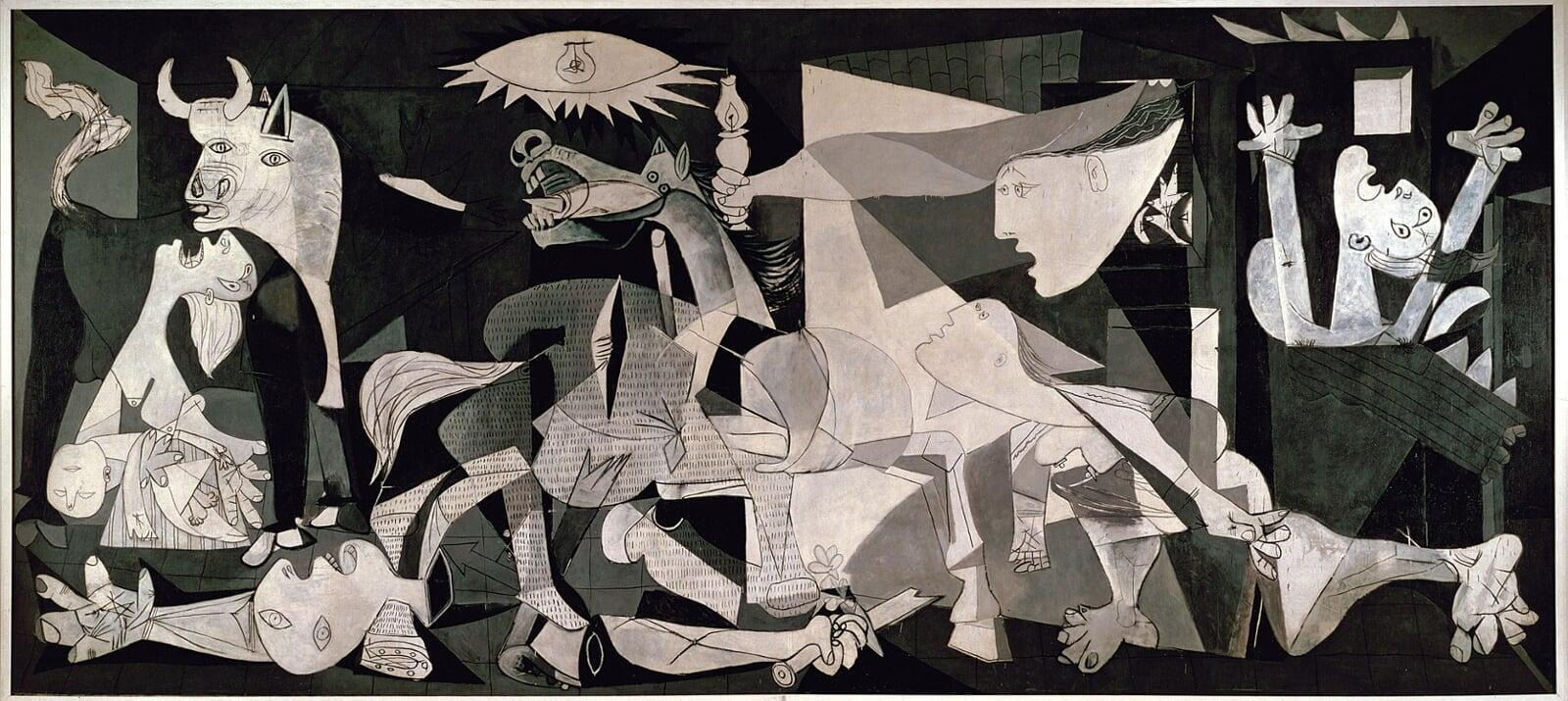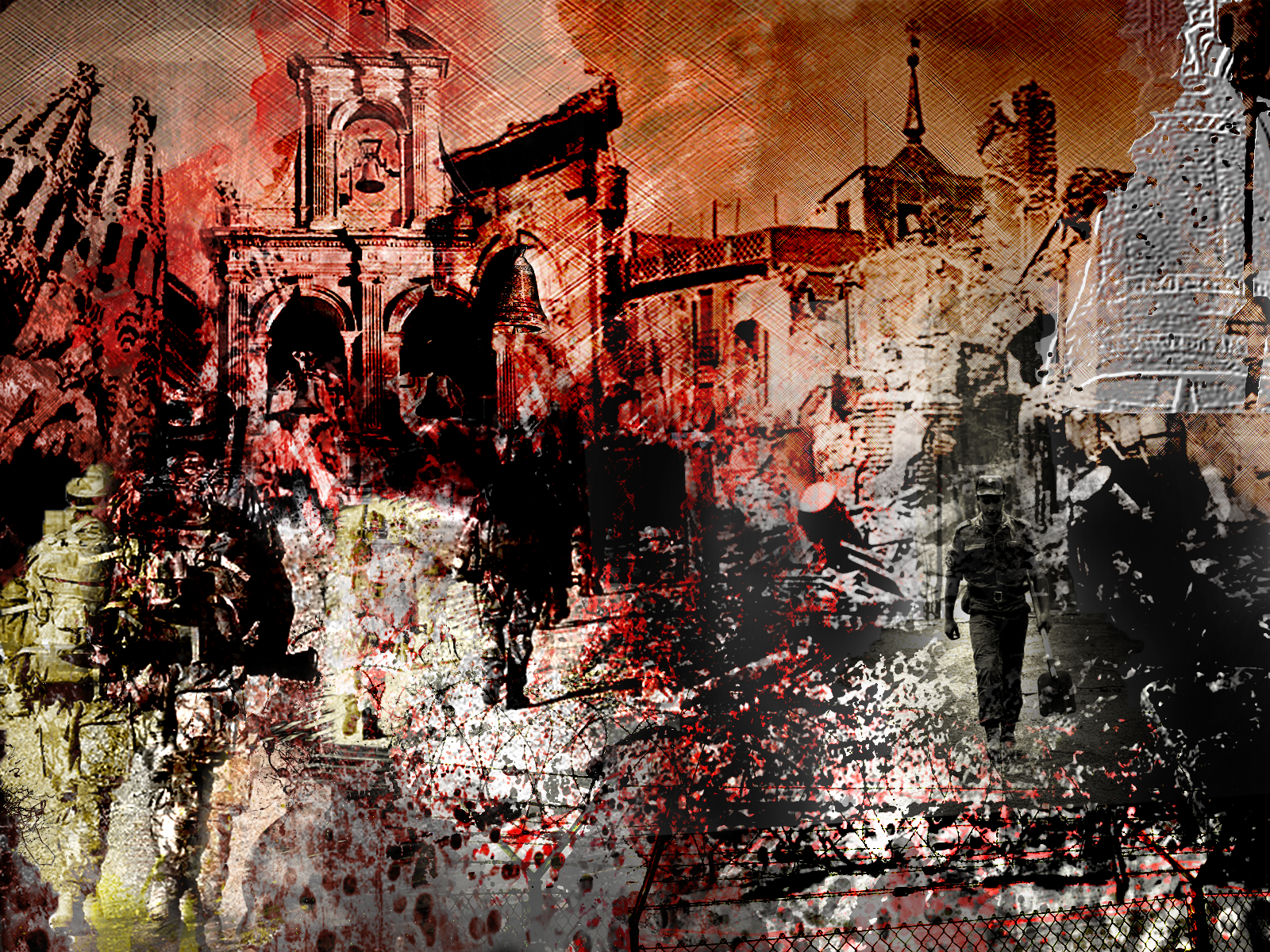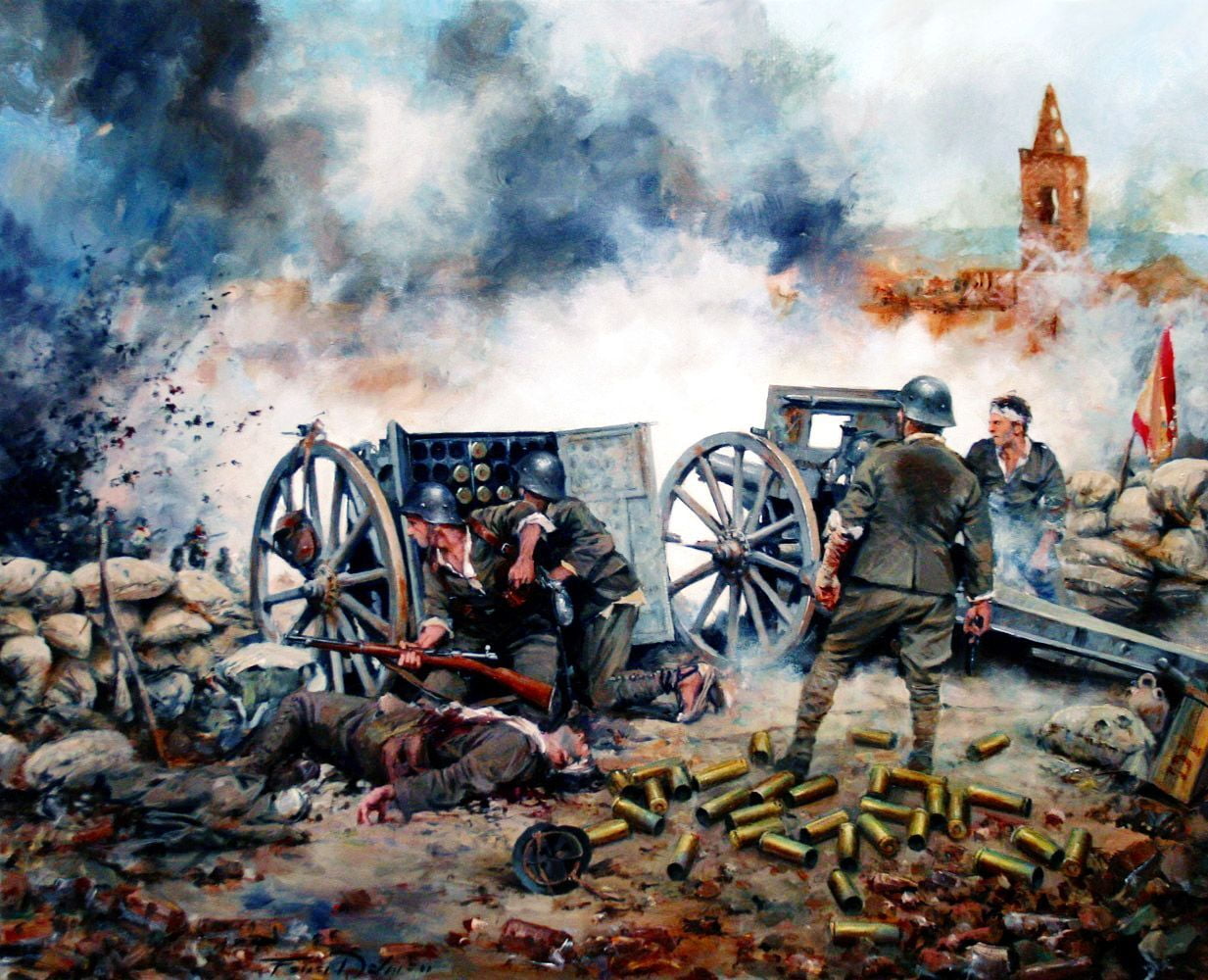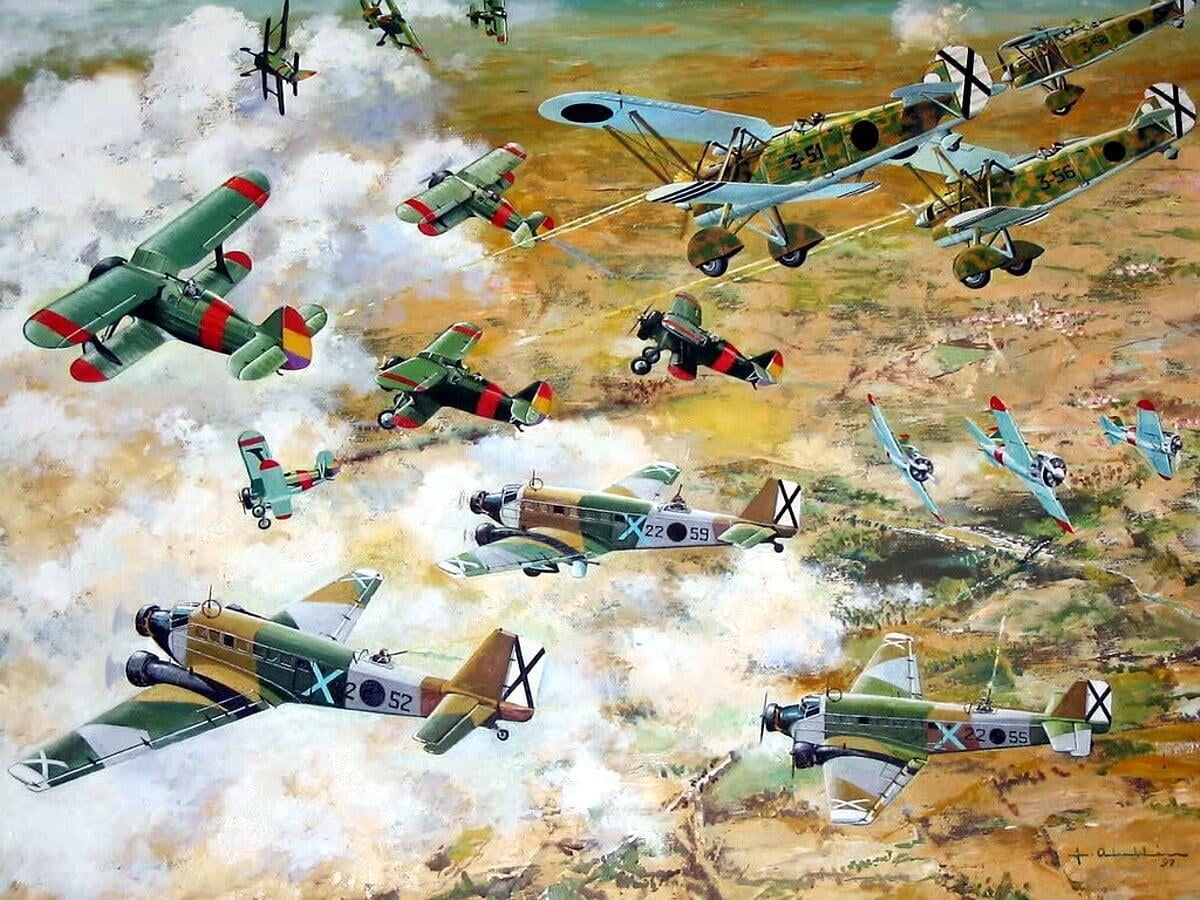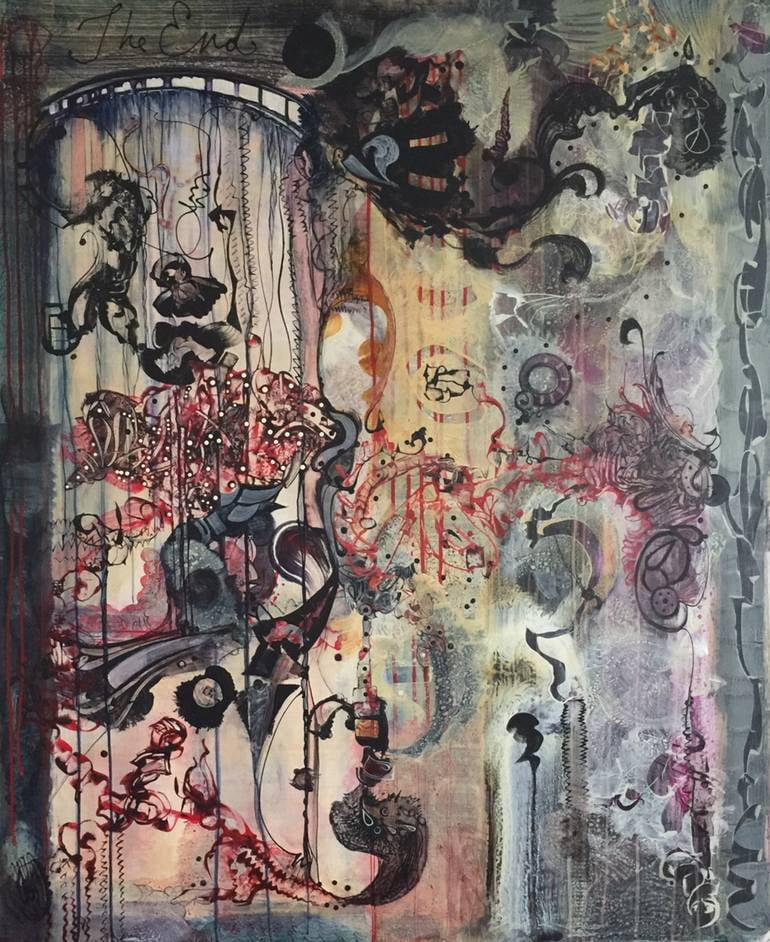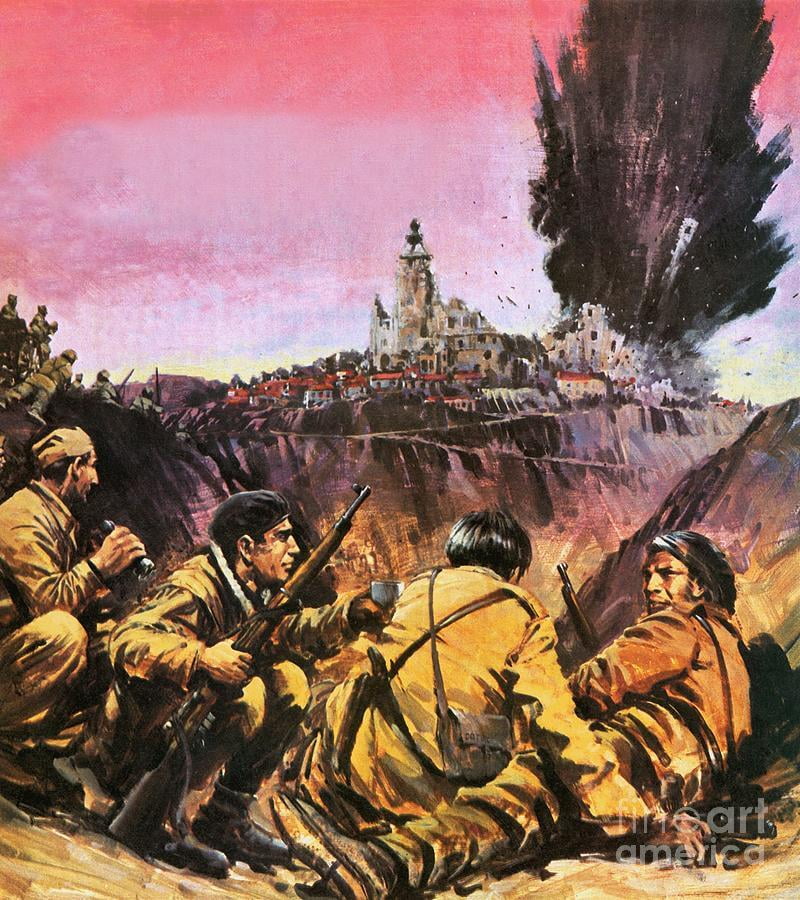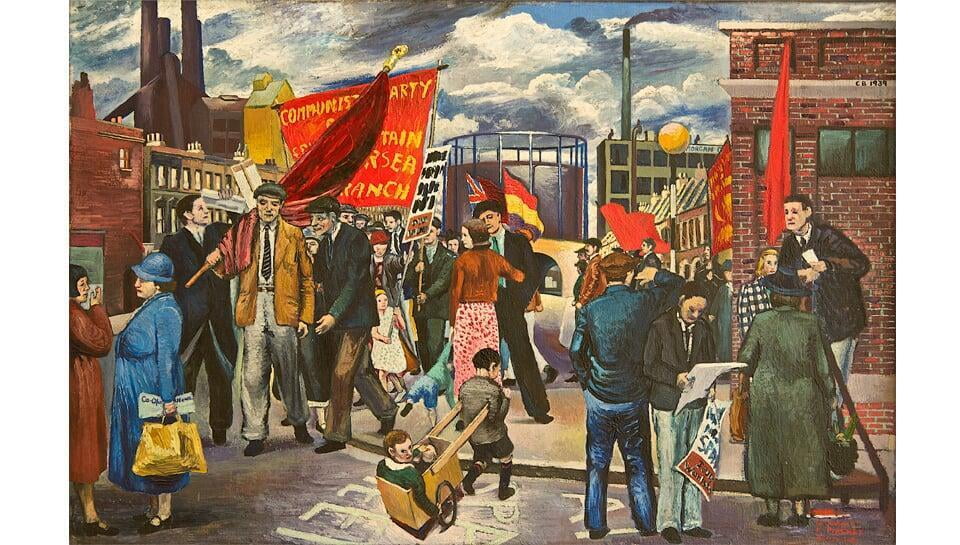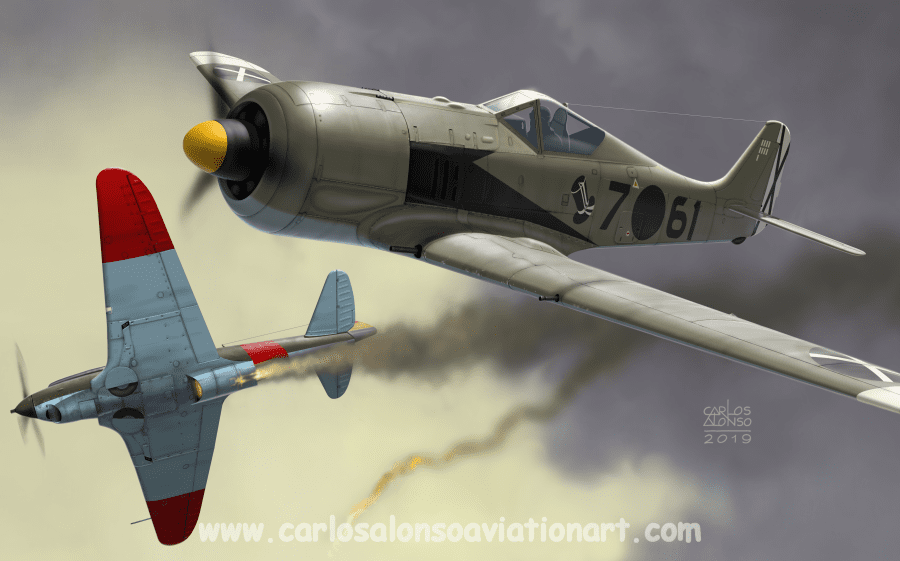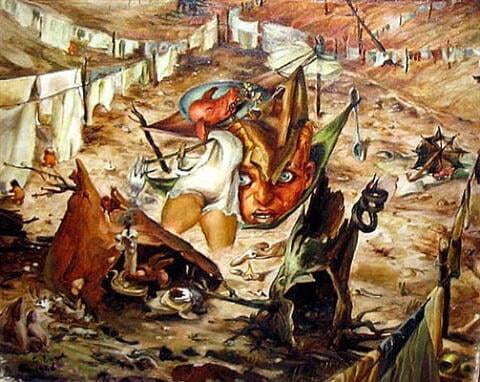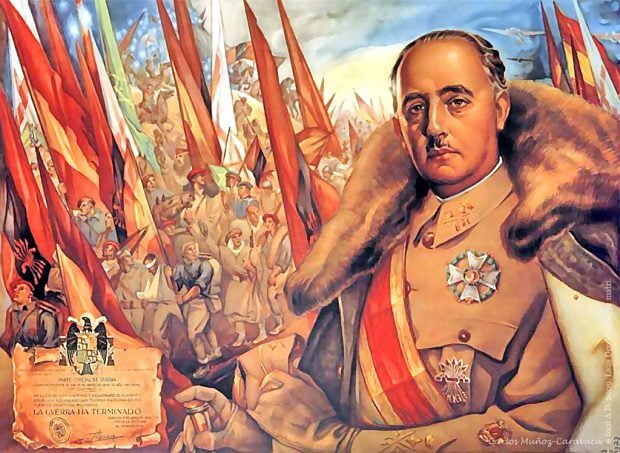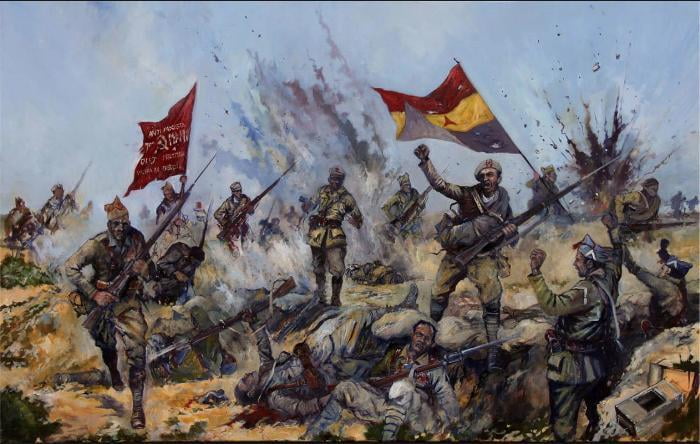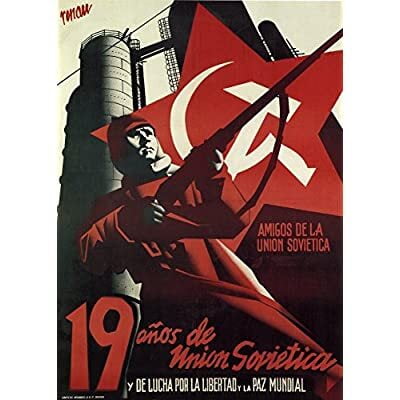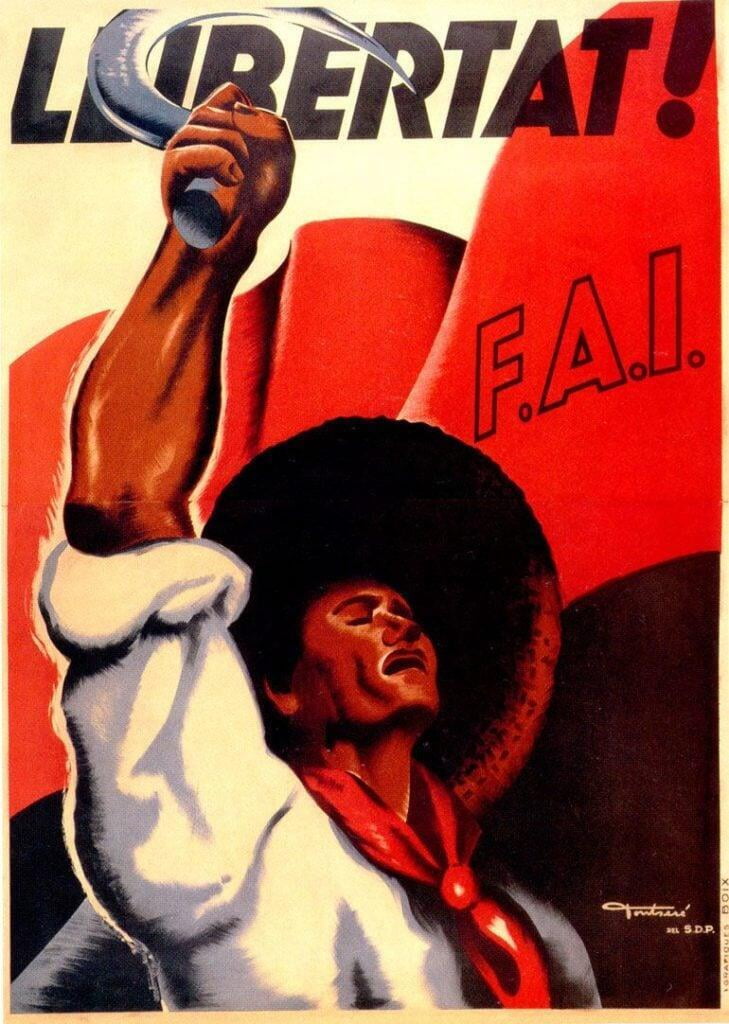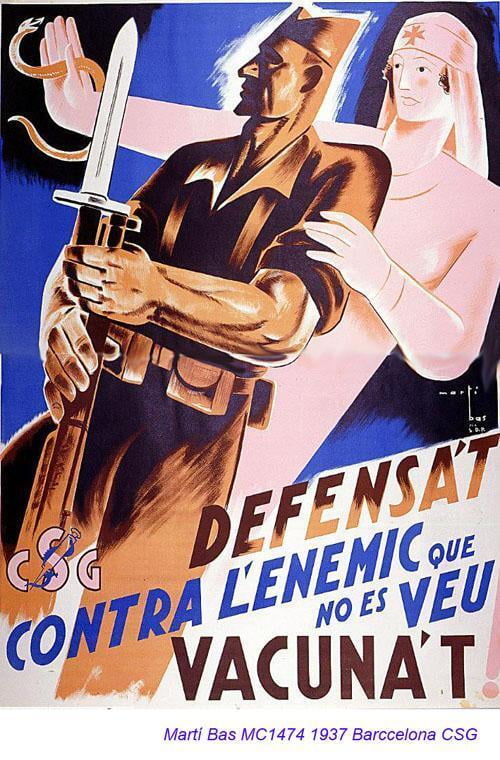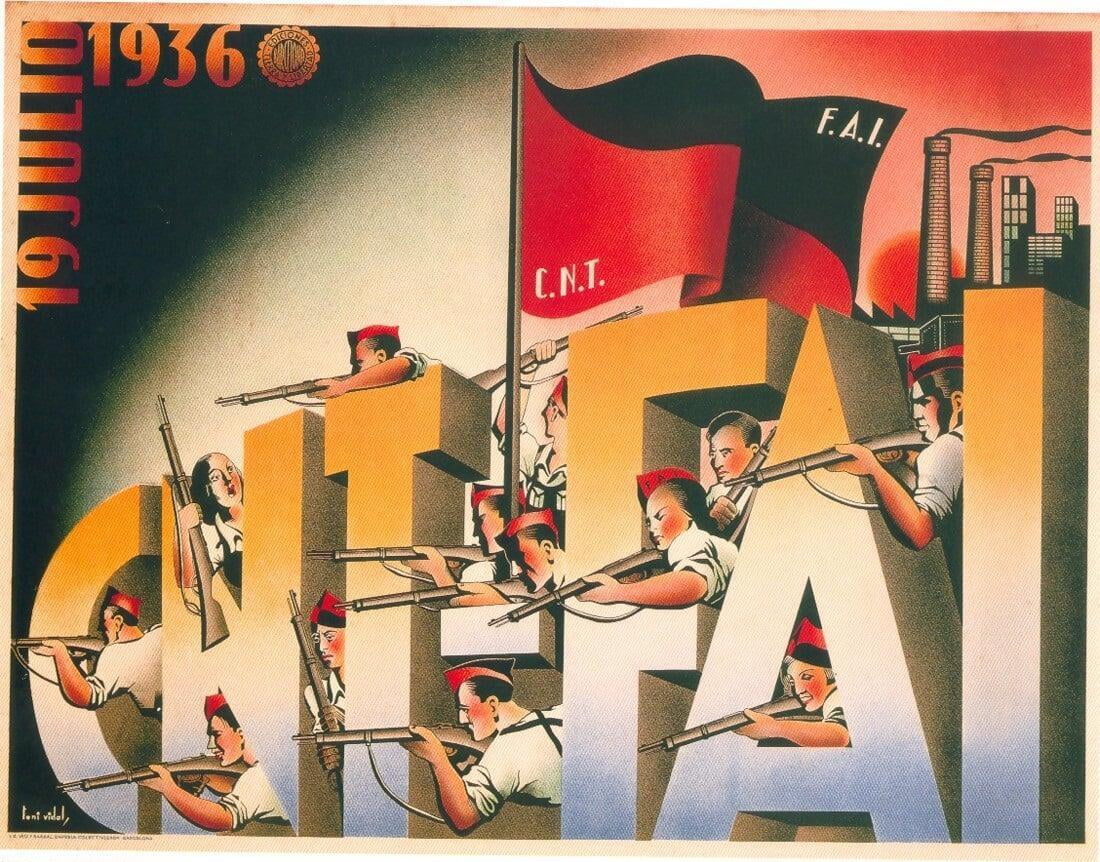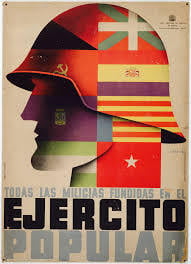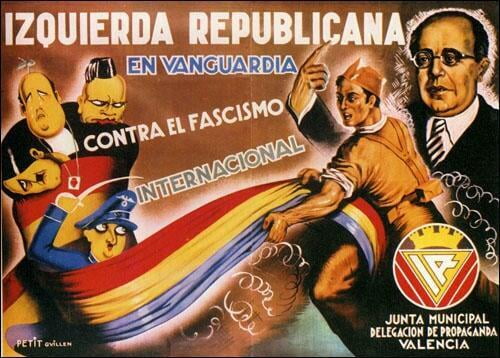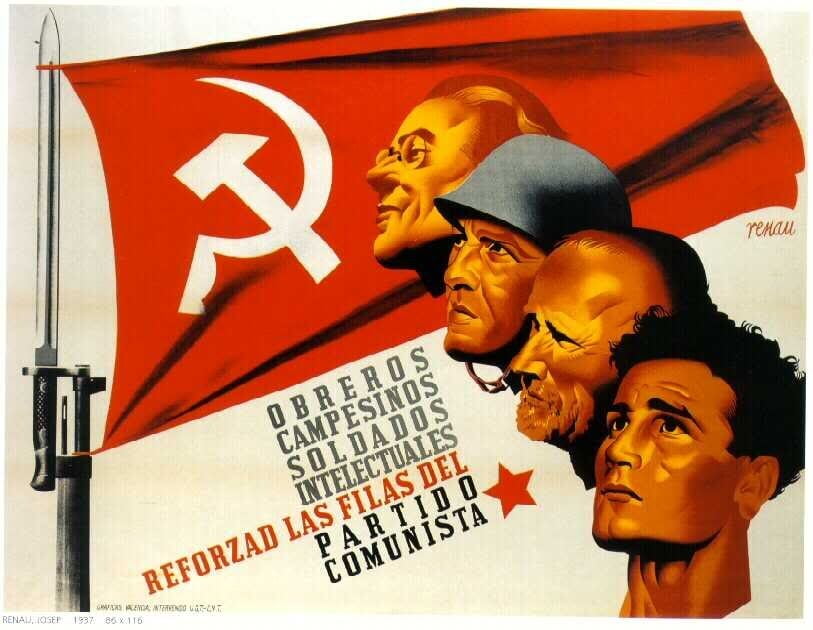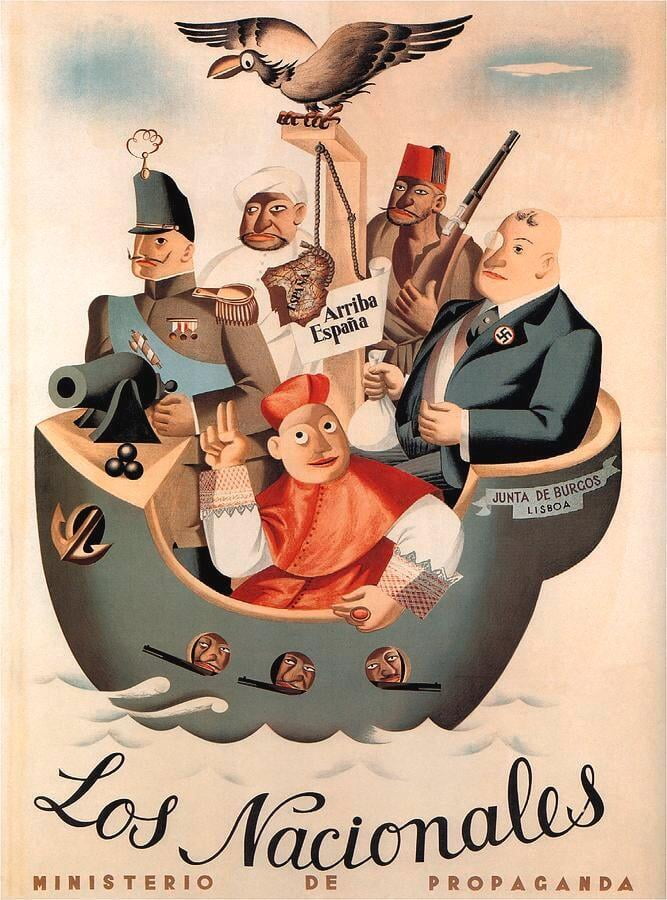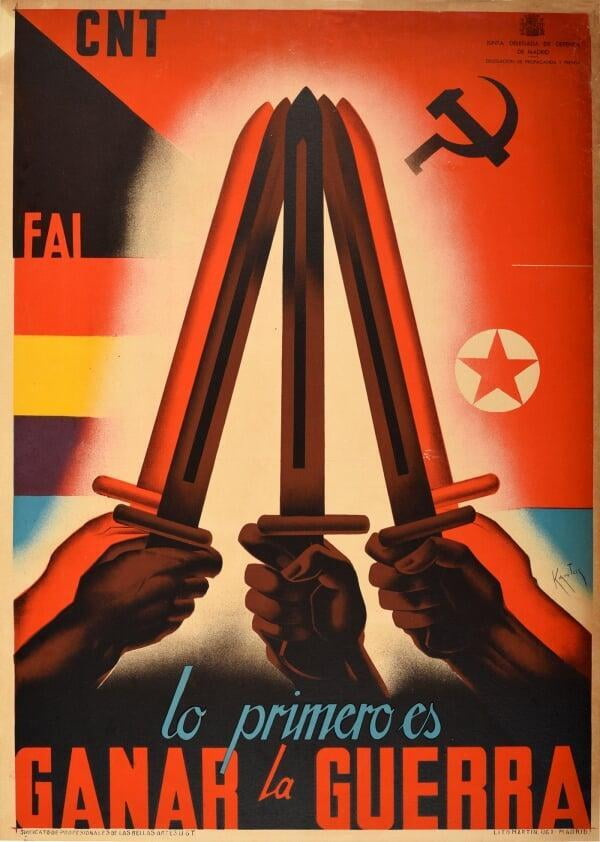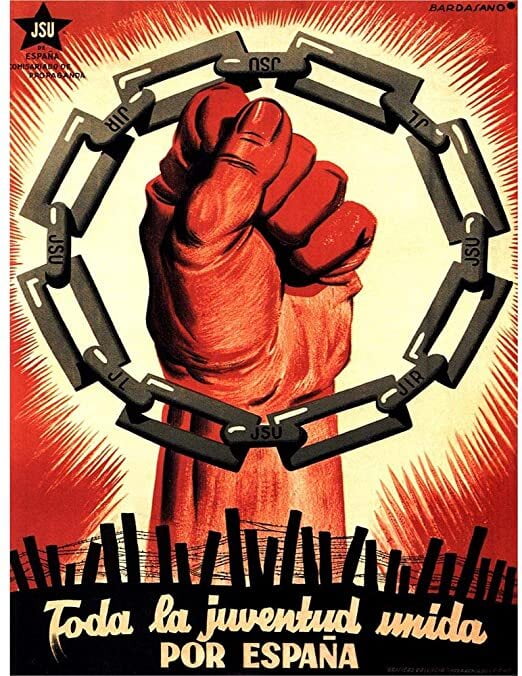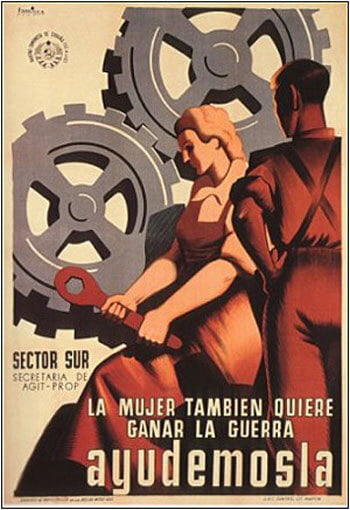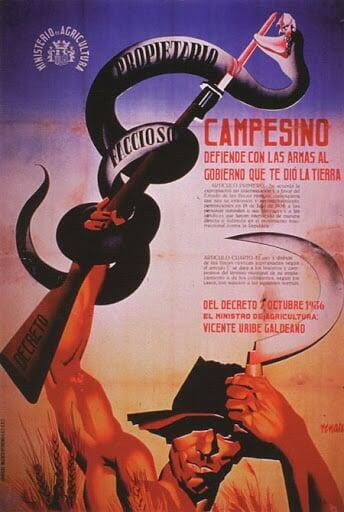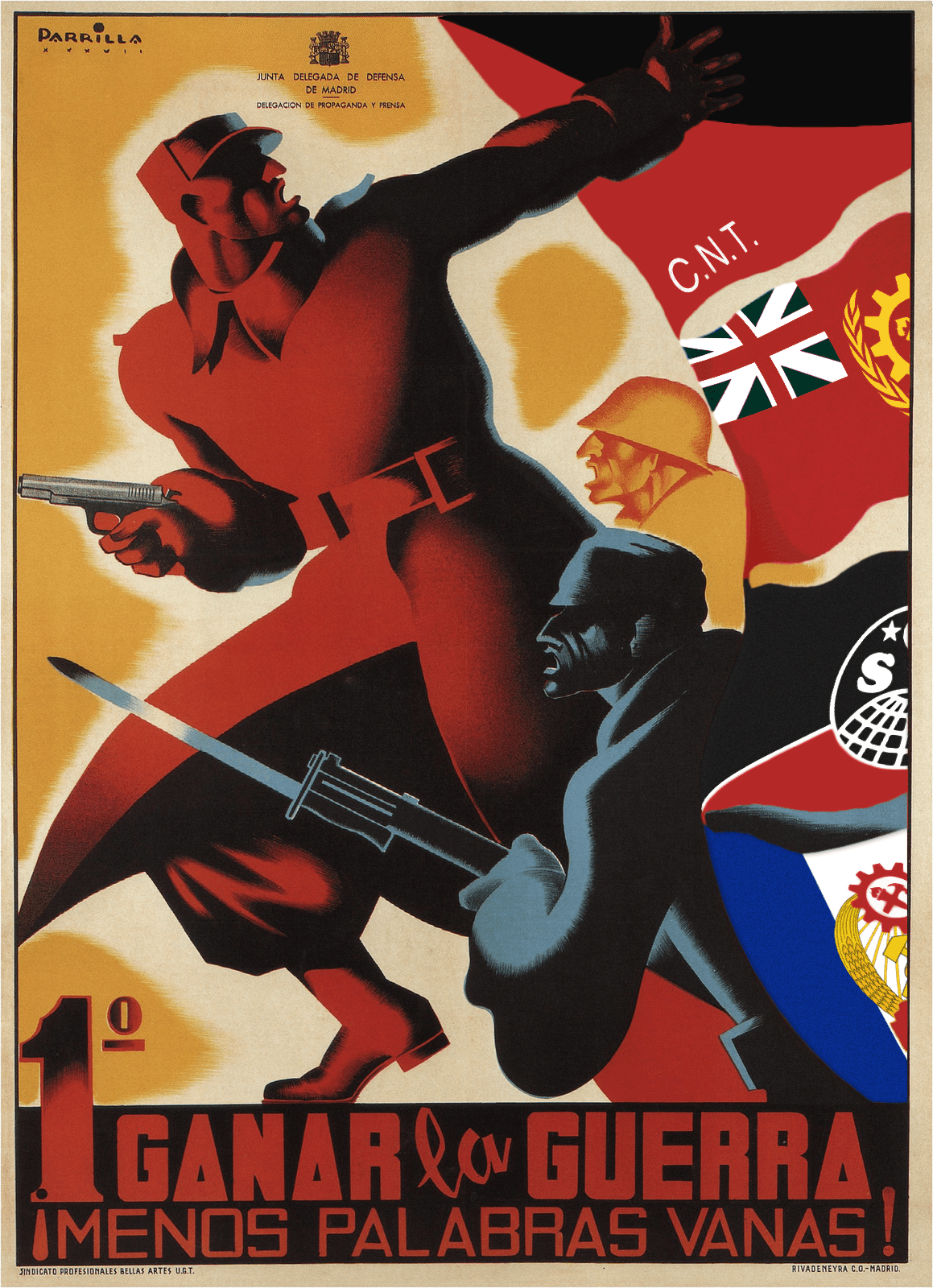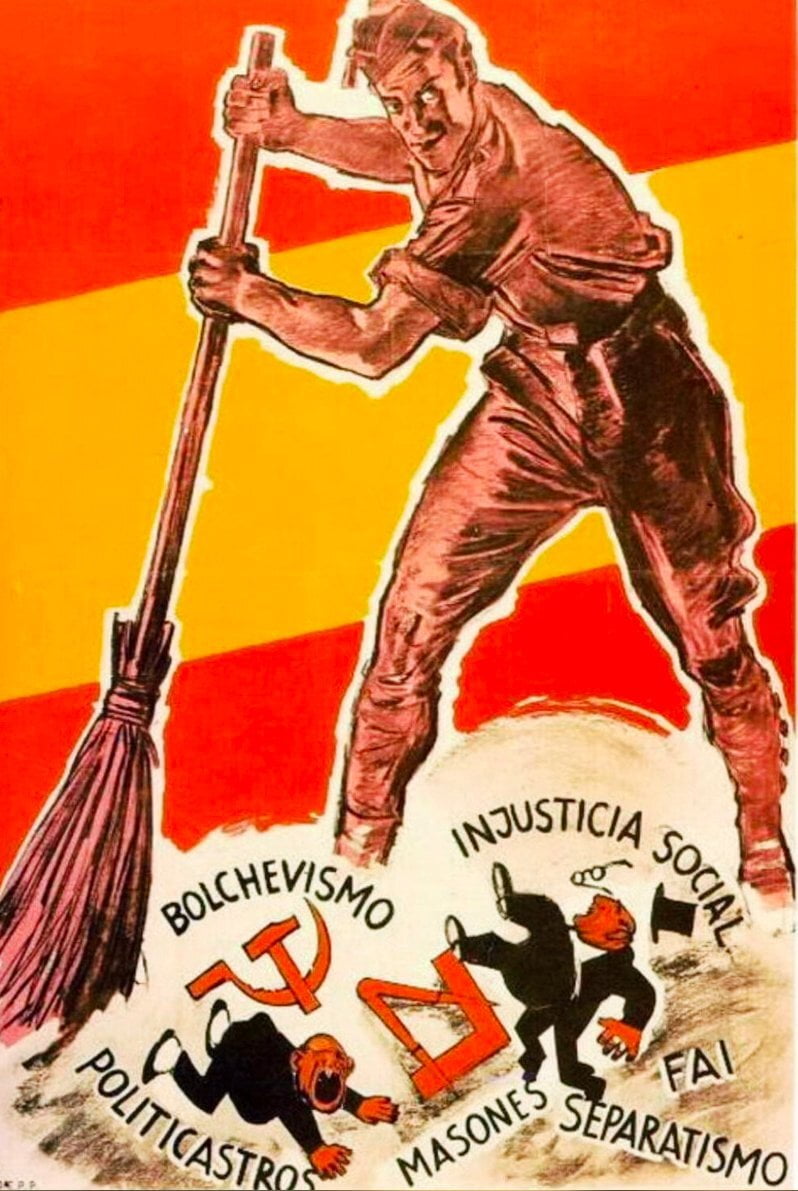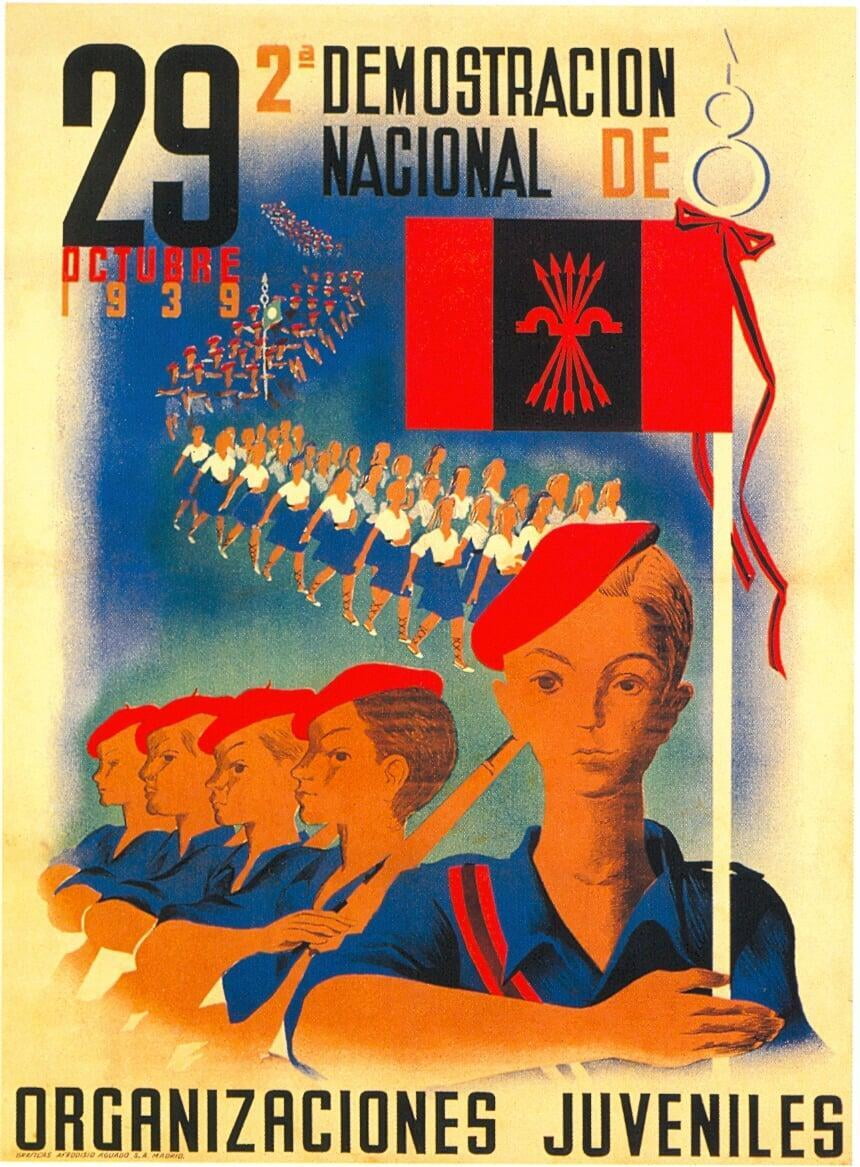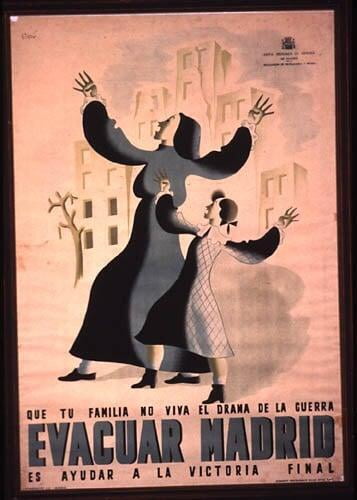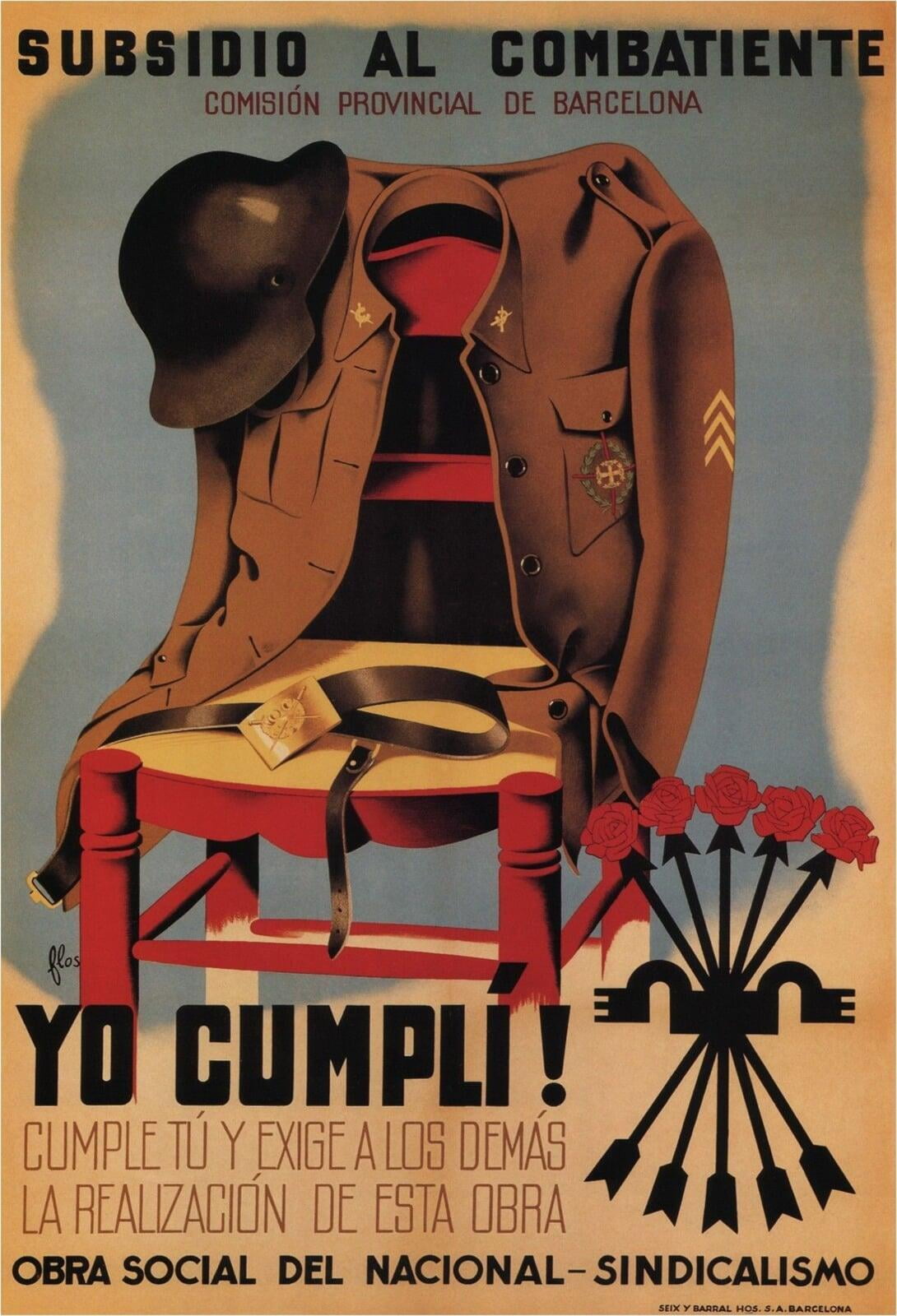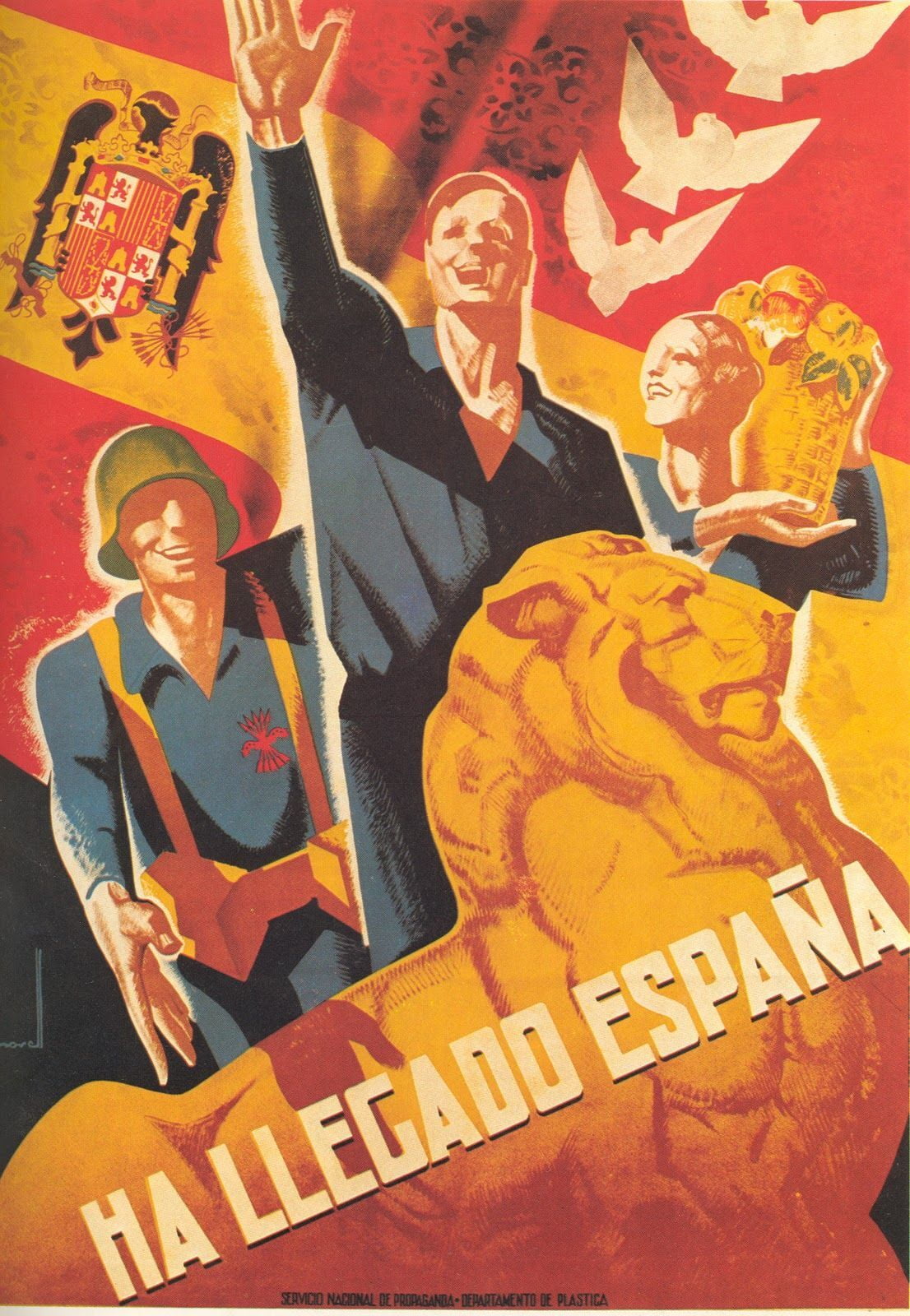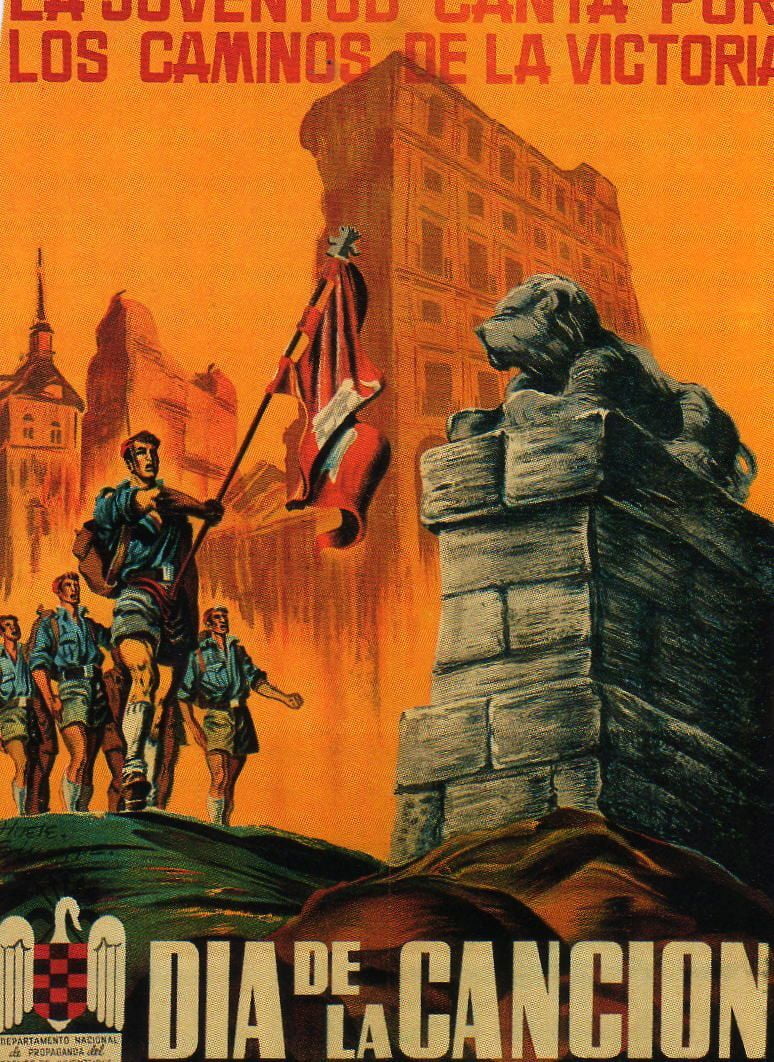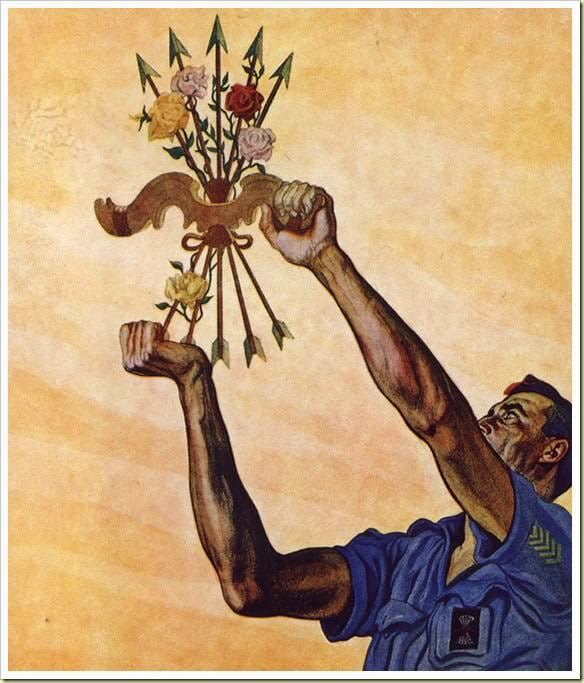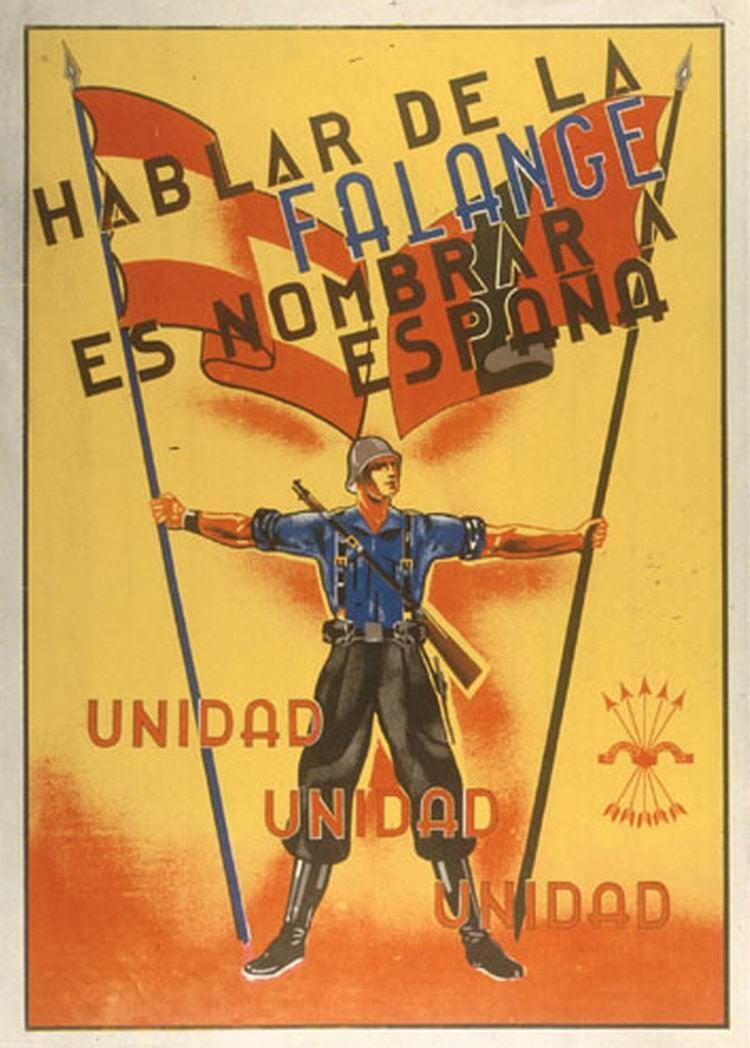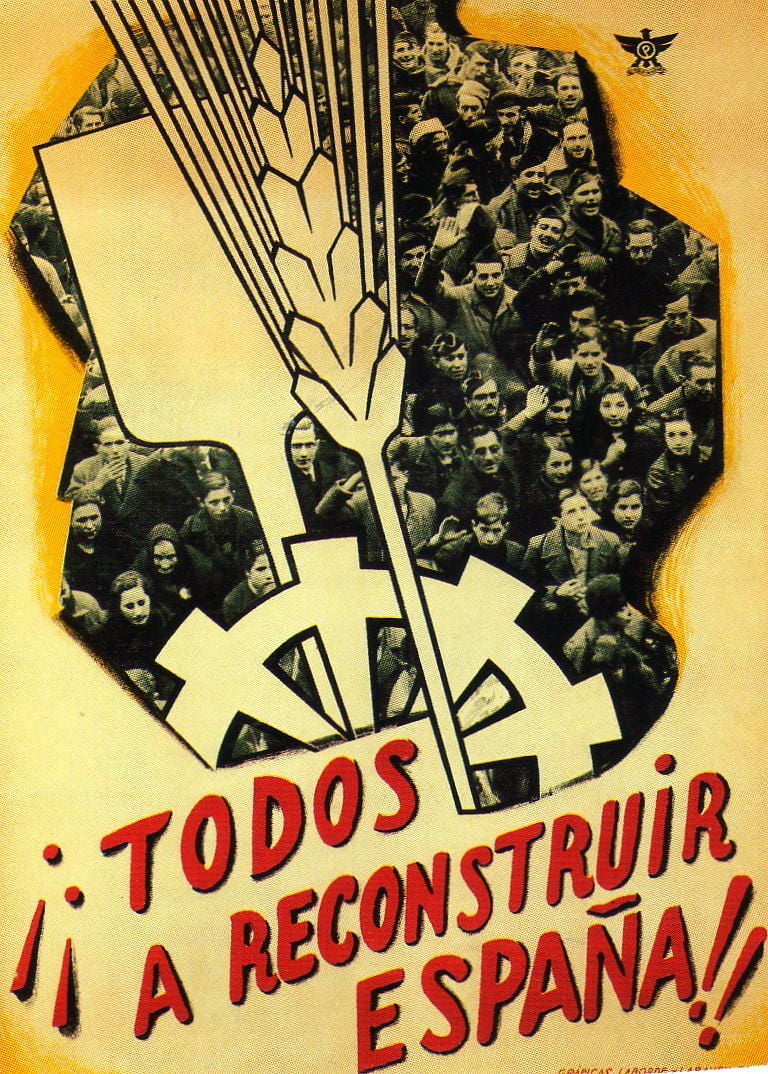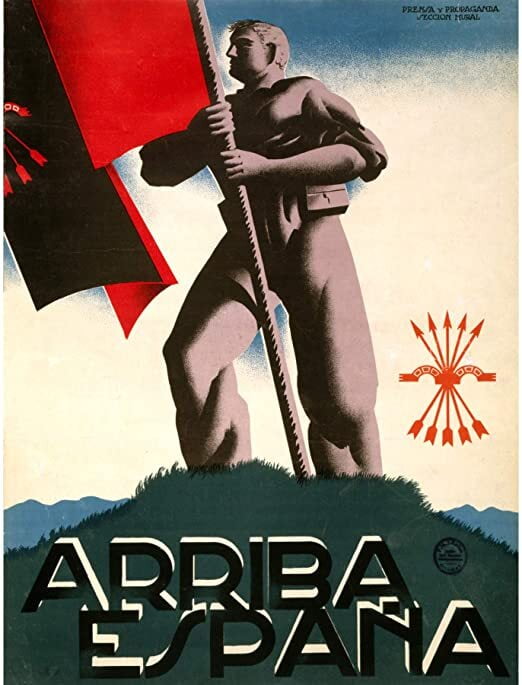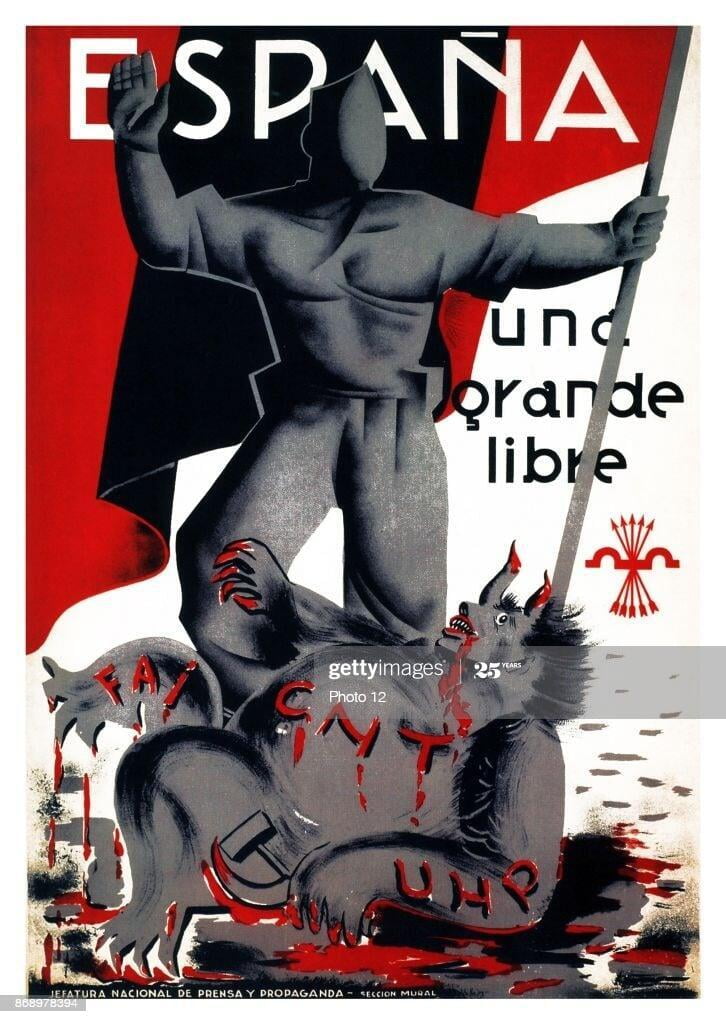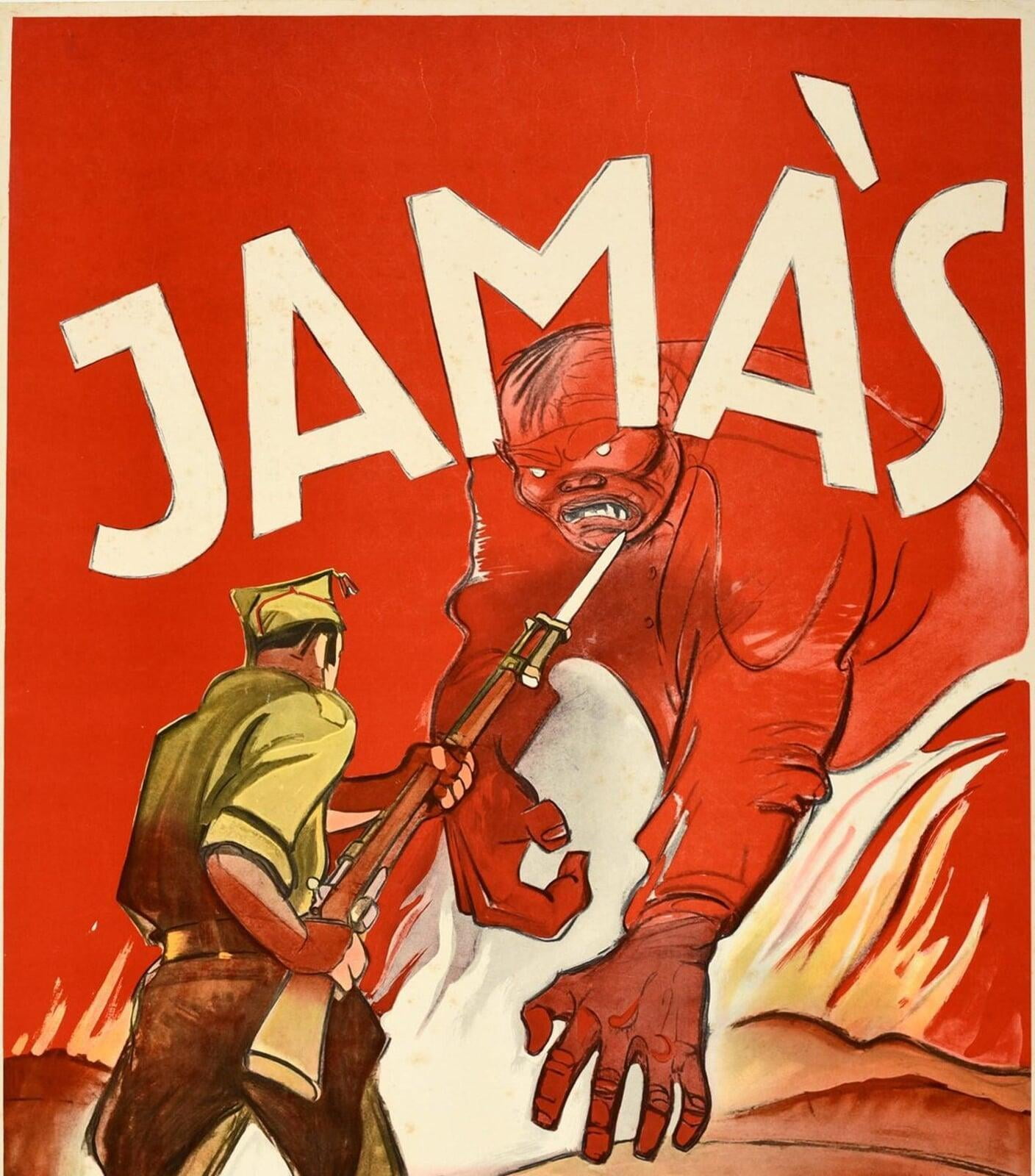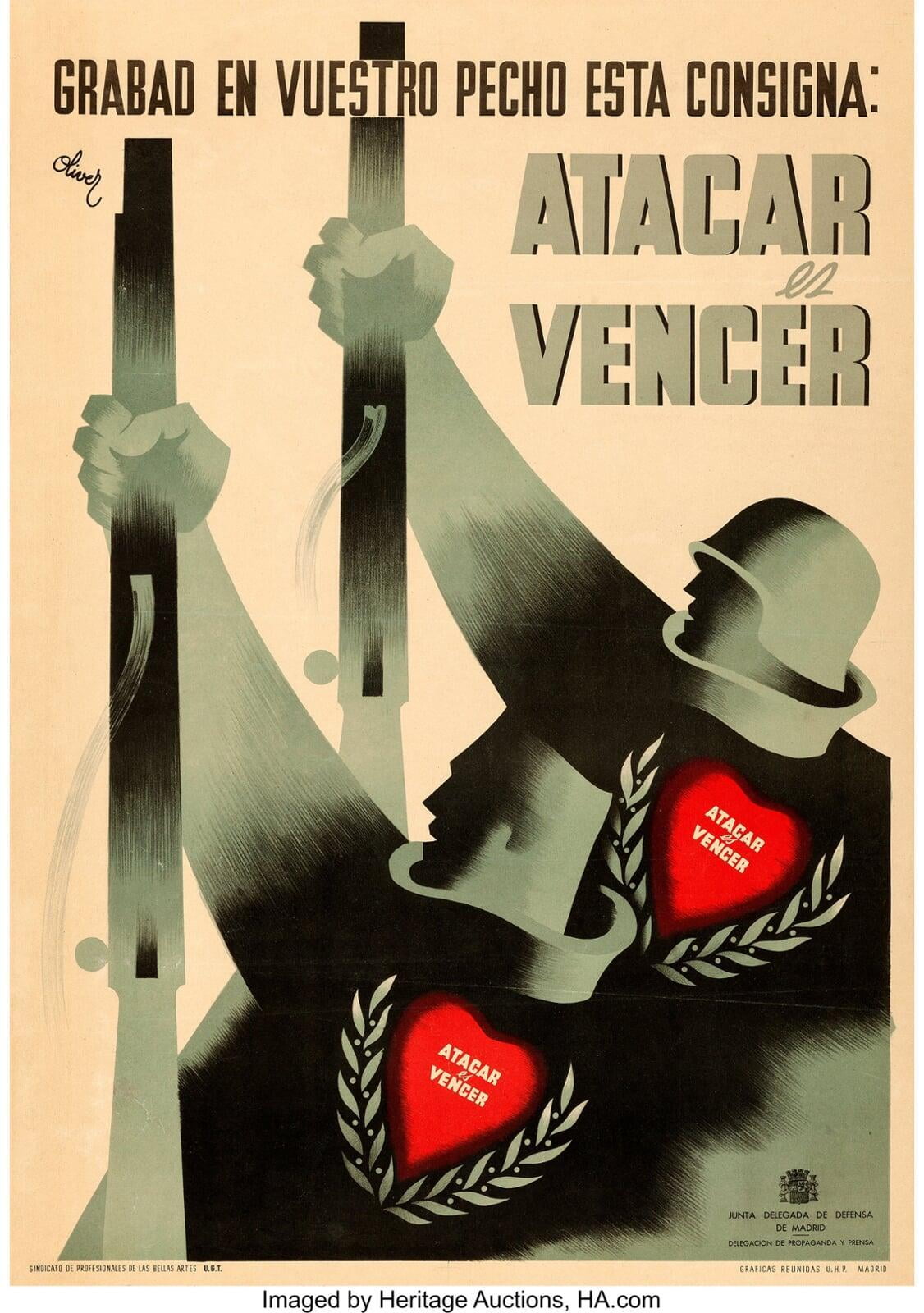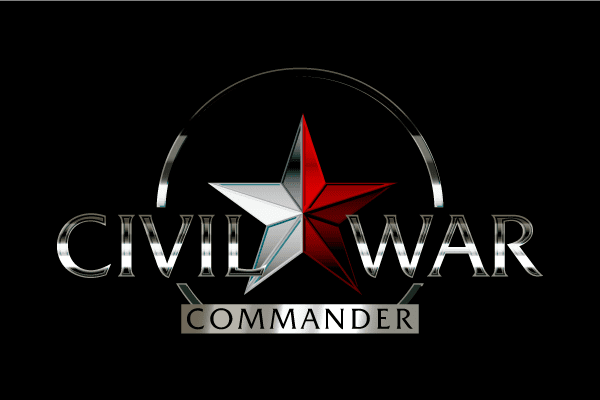SPANISH CIVIL WAR EDUCATIONAL
Notable Commanders of the Spanish Civil War
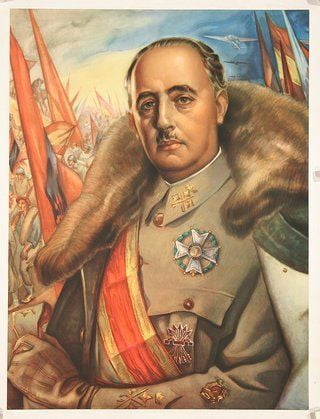
| Name & Ranks | Zone & Battles | Summary | |
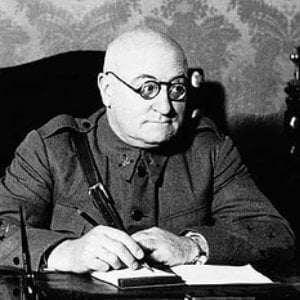 | José Miaja Menant Lieutenant General, Minister of War. | Madrid Cordoba, Madrid, 2nd Corunna, Road, Jarama, Guadalajara, Brunete. | Responsible for defending Madrid. His vanity affected his authority and leadership. Joined the Communist wave mainly for convenience. |
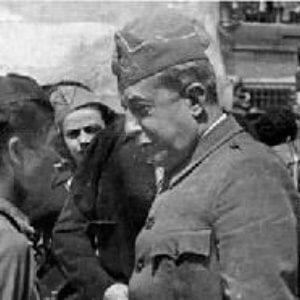 | Sebastián Pozas Perea General | Madrid, Jarama, Huesca, Zaragoza, Aragon. | Inspector General of the Civil Guard; became Minister of the Interior and commanded the Centre unsuccessfully. |
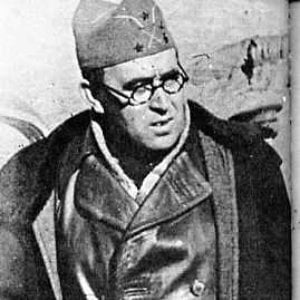 | Vicente Rojo Lluch General | Central HQ Madrid, Jarama, Brunete, Belchite, Teruel, Aragon, Ebro, Catalonia. | Catholic, conservative Republican who participated in reorganizing the Army; prepared Madrid's masterful defence. |
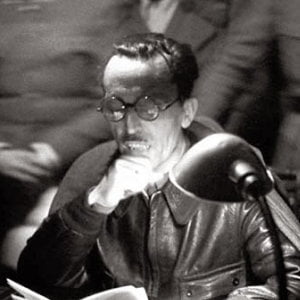 | Segismundo Casado López Colonel | Centre Madrid, Jarama, Brunete. | Head of Operations; became disillusioned, began contact with the enemy and led an 11th hour coup against Negrín. |
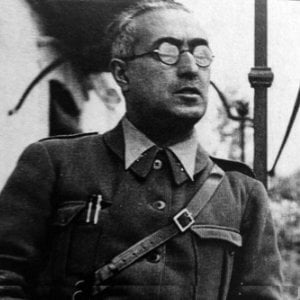 | Adolfo Prada Vaquero General | Centre 2nd Corunna, Santander, Asturias. | A strict disciplinarian who resisted Communist influence and later supported Casado's coup. |
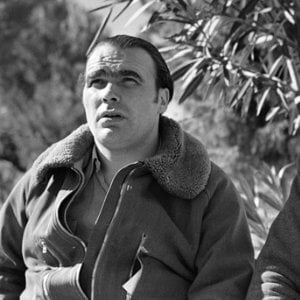 | Enrique Líster Forján General | Madrid, Jarama, Guadalajara,Brunete, Belchite, Teruel, Ebro, Catalonia. | Arguably the most romantic figure in the war; a fierce Communist imposing ruthless discipline on his men. |
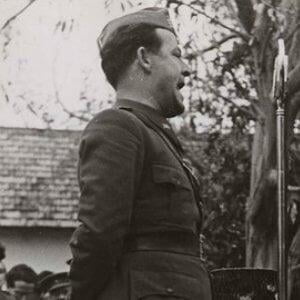 | Juan "Modesto" Guilloto León Brigadier General | Madrid, Jarama, Belchite, Brunete, Teruel, Ebro, Catalonia. | Led Communist militias and was quickly promoted to command the V Regiment; bitter rival of Líster. |
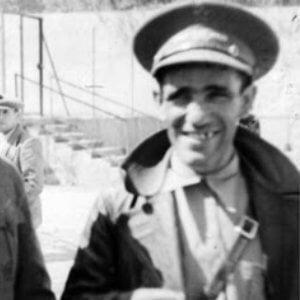 | Cipriano Mera Sanz Lieutenant Colonel | Anarchist Militia; Centre Madrid, Guadalajara. | One of the few CNT anarchists to accept army organization and attain a significant post; wary of Communists. |
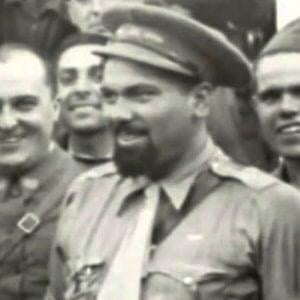 | Valentín "El Campesino" González Lieutenant Colonel | Jarama, Guadalajara, Brunete, Belchite, Teruel, Aragon, Catalonia. | Commander of the first militias, whose Soviet propaganda value outweighed military accomplishments. |
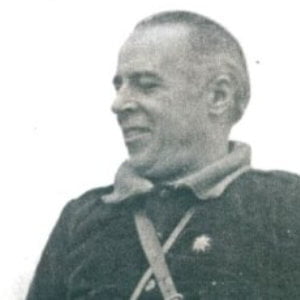 | Juan Perea Capulino General | East 2nd & 3d Corunna Road, Madrid, Teruel, Catalonia, Ebro. | Anti-communist with strong CNT connections; experienced defender; the only one to hold out in Catalonia. |
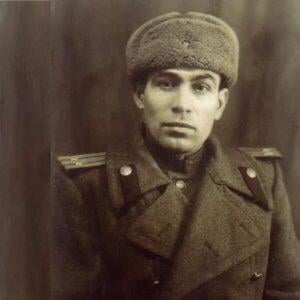 | Etelvino Vega Martínez Lieutenant Colonel | Guadalajara, Teruel, Ebro. | PCE member who studied in the USSR; rising through the ranks. Upheld the slogan "Defense of the Republic" |
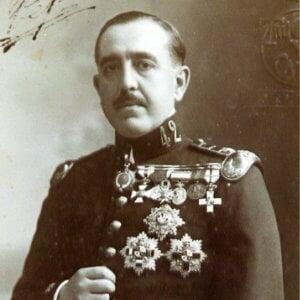 | José Riquelme y López Bago Lieutenant General | Guadarrama, Tagus, Talavera de la Reina. | Africanista who remained loyal |
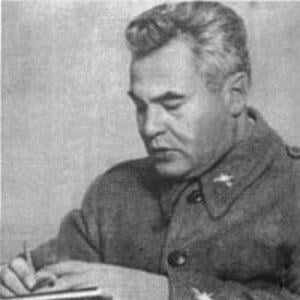 | Manfred "Kléber" Stern General | International Brigades | |
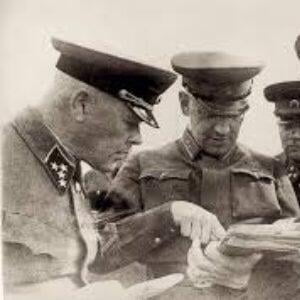 | Dmitry Pavlov General |
Name & Ranks | Zone & Battles | Summary | |
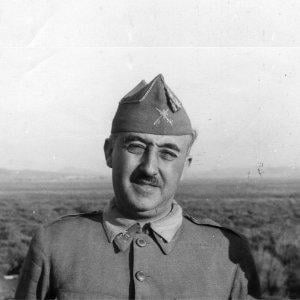 | Francisco Franco Bahamonde Commander in Chief; Generalissimo; Caudillo | Entire War Madrid, Teruel, Ebro, Catalonia. | Initially only faintly committed, nevertheless availed himself of the tricks of fate opening his path to power. Unimaginative in strategy, yet reputable, focused and determined. An overall ambitious and cautious soldier. |
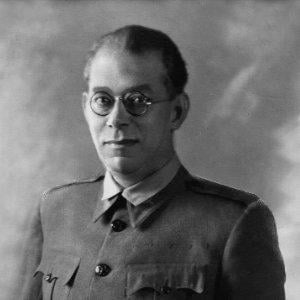 | Emilio Mola y Vidal Brigadier General | North Gipuzkoa, Guadarrama, Irún, Madrid, Biscay. | Organized the coup against the government, but remained a dedicated Republican; commanded the north. |
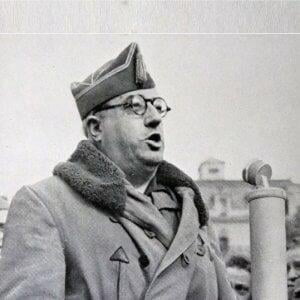 | Juan Yagüe Blanco Colonel | South, Centre Melilla, Badajoz, Madrid, Brunete, Teruel, Aragon, Ebro, Catalonia. | Aggressive, pragmatic attacker, possessing a rare combination of temerity and respect for the enemy. Was chastened by Franco twice for his attitude. |
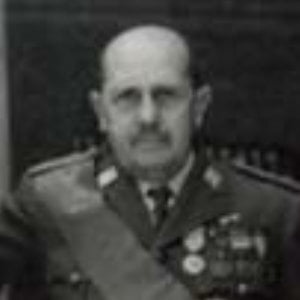 | Fidel Dávila Arrondo Lieutenant General | President of Junta Bilbao, Asturias, Aragon, Segre, Ebro, Catalonia. | Seized Burgos and remained in the leadership core to become minister of defence; organized southern offensives. |
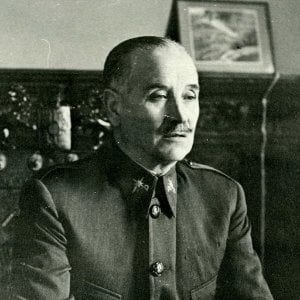 | Gonzalo Queipo de Llano Lieutenant General | South Andalusia, Aceituna, Malaga, Pozoblanco. | Unscrupulous overseer of the revolt in the south; his perpetual criticism left him discredited among other officers. |
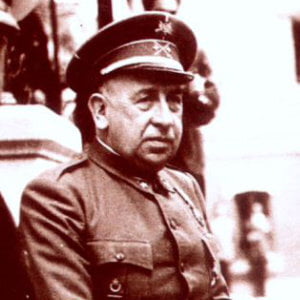 | Luis Orgaz Yoldi Lieutenant General | Centre 1st Corunna Road, Jarama. | Africanista who took Franco's place in the Canary Islands and supported him as head over a single command. |
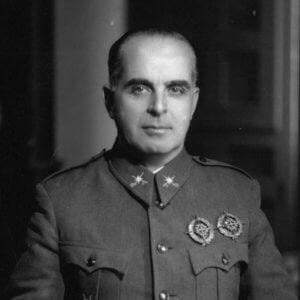 | José Enrique Varela General | Centre, South, East Andalusia, Toledo, Cordoba, Madrid, Jarama, Segovia, Brunete, Teruel. | After release from prison in Cadiz, he helped secure this crucial port as well as the remaining South. |
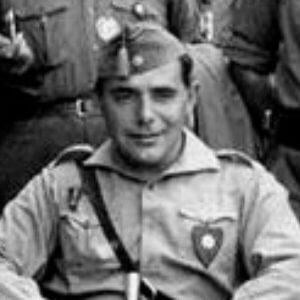 | Antonio Castejón Espinosa Major; Lieutenant Colonel | South, Centre. Andalusia, Badajoz, Tagus, Toledo, Madrid, Ebro. | Commanded Legion columns under Queipo de llano and Yagüe, taking over key positions in Andalusia. |
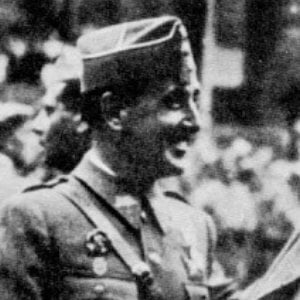 | Rafael García Valiño Lieutenant Colonel | North, East Irun, Bilbao, Teruel, Aragon, Levante, Ebro. | Was vacationing in Biscay at the outbreak of the conflict; joined the northern forces and led Carlist units. |
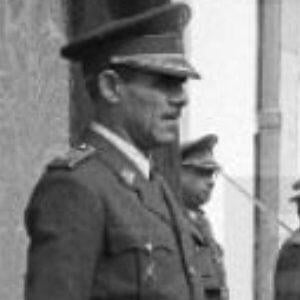 | Carlos Asensio Cabanillas Lieutenant Colonel | South, Centre Extremadura, Badajoz, Tagus, Madrid. | Secured the revolt in Tétouan and fought alongside Yagüe during the early march northwards in Andalusia. |
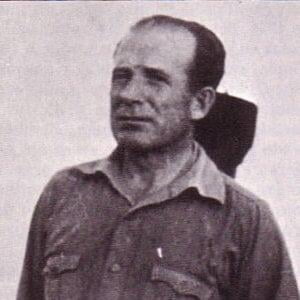 | Eduardo Sáenz de Buruaga Colonel | South Melilla, Madrid, Zaragoza, Brunete, Teruel. | Seized Tetuán and imprisoned the Hight Commission, holding the region until Franco's arrival, governing it later. |
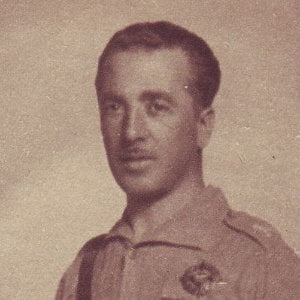 | Heli Rolando de Tella Brigadier General | South, Centre Badajoz, Madrid. | His taking of Mérida was an underrated victory of major strategic significance; it secured Yagüe's attack on Badajoz. |
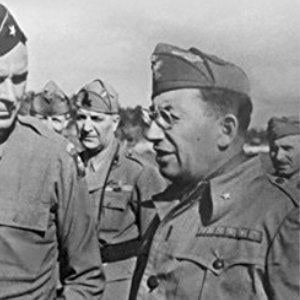 | Mario Roatta General | Centre Guadalajarra | Italian CTV |
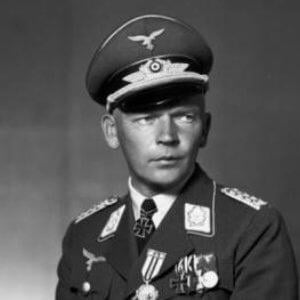 | Wolfram Freiherr von Richthofen General Field Marshal | Commanded the German Condor Legion air contingent. Notorious for the bombing of Guernica. |
Course of the Spanish Civil War
TIMELINE OF SPANISH CIVIL WAR BATTLES
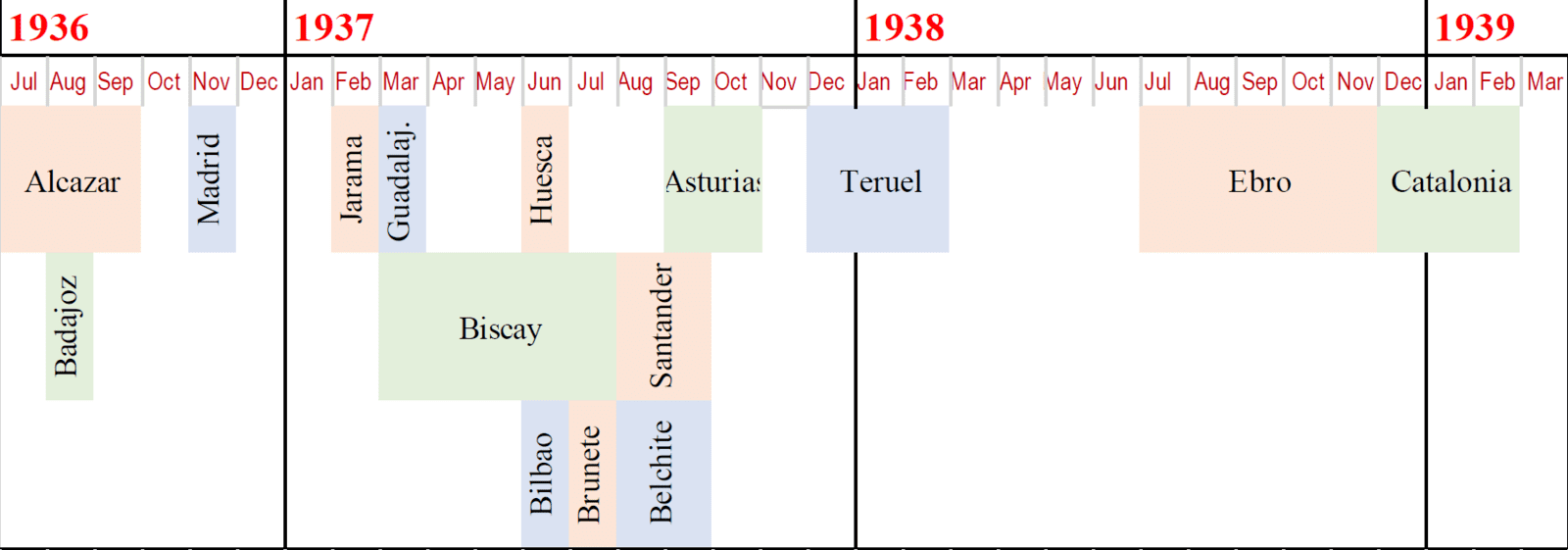
MAJOR BATTLES OF THE SPANISH CIVIL WAR
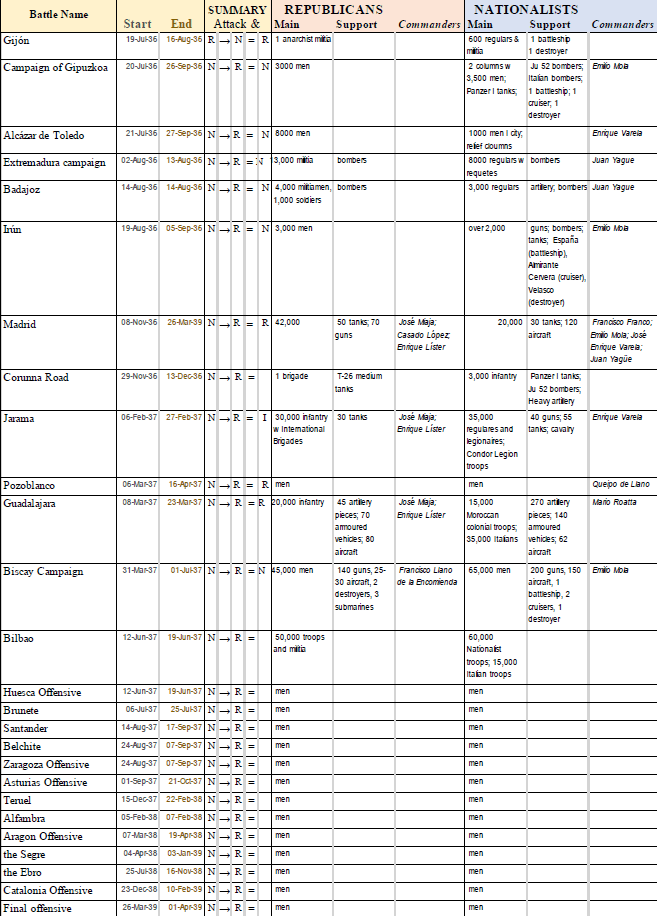
The Lighter Side of the Spanish Civil War
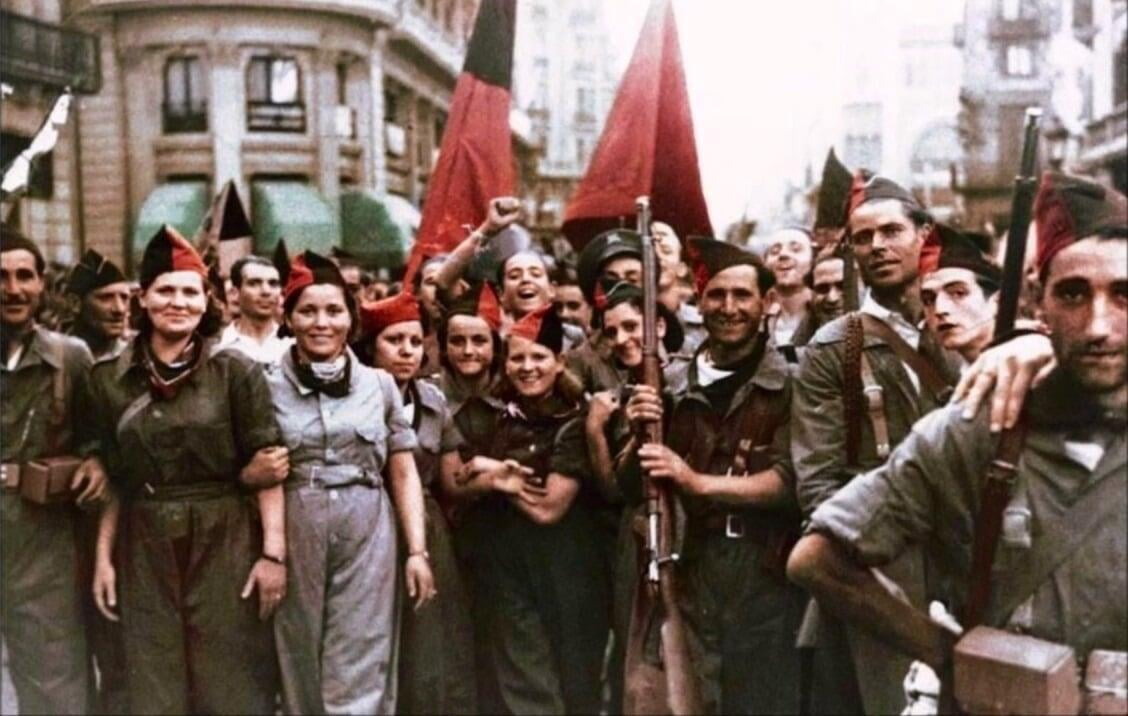
HEAVY RESPONSIBILITY
THE CONSTITUTIONAL REBEL
FRUIT FLIES
WEEKEND WARRIORS
TURKEY SHOOT
CAFÉ
BOLSHEVIK PIRACY
(NON) INTERVENTION COMMITTEE
ARMED TOURISTS
PROPAGANDA DROPS
THE GHOST OF CZECHOSLOVAKIA
The letter was signed "Ghost of Czechoslovakia".
Reference information on the Spanish Civil War
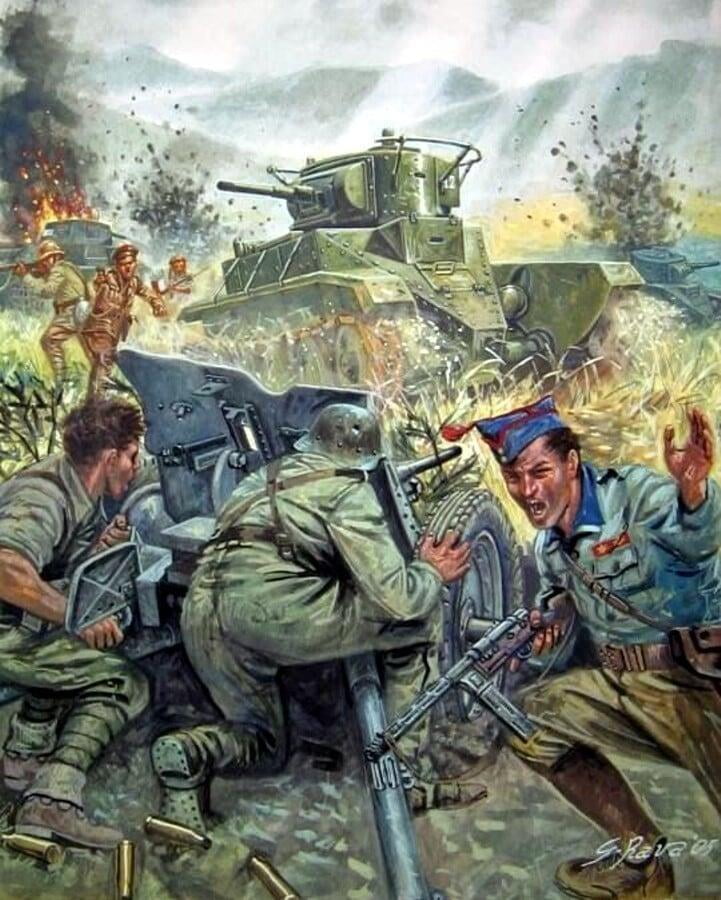
Selected Articles on the Spanish Civil War
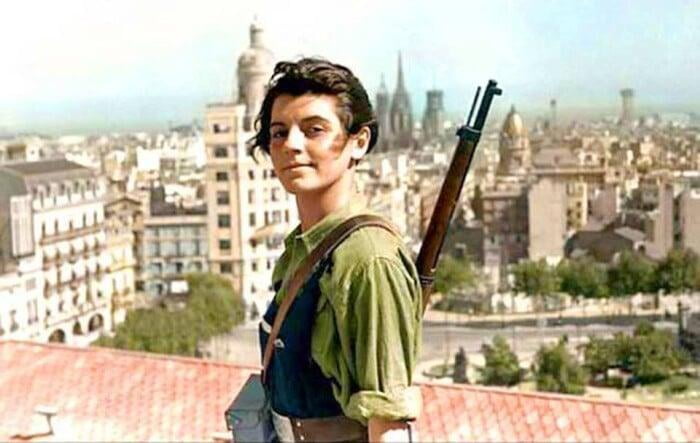
Selected Videos on the Spanish Civil War
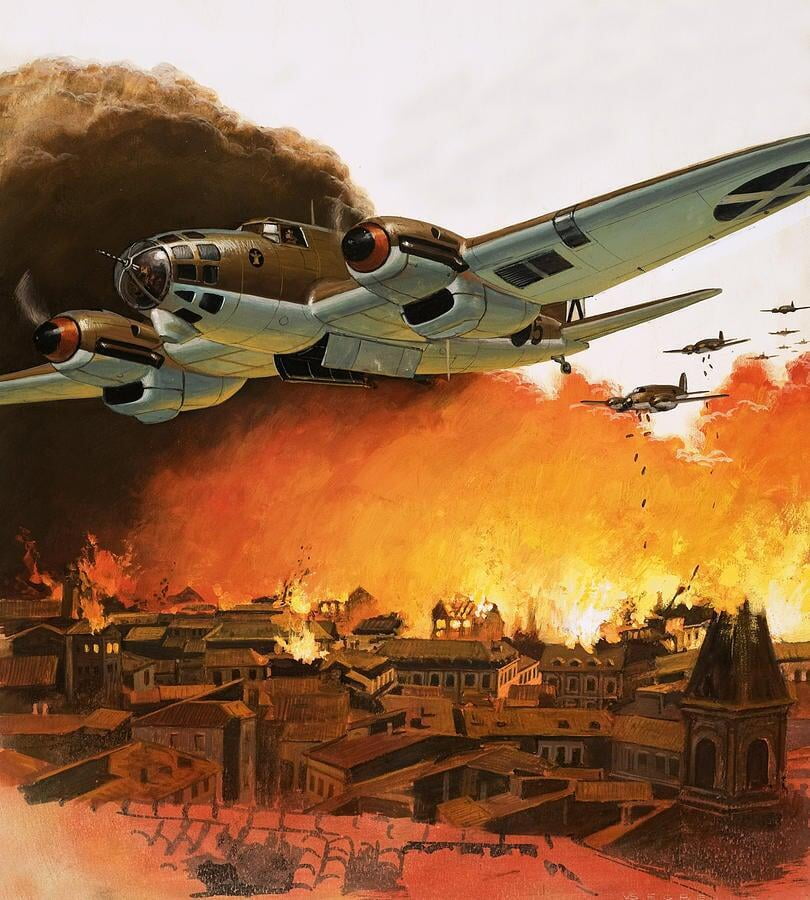
> The Spanish Civil War in 3 Minutes
> The Spanish Civil War in 10 Minutes
> Spanish Civil War Factions: The Republicans
> Spanish Civil War Factions: The Nationalists
> The Spanish Civil War (1 of 6)
> Great Battles of the Spanish Civil War (1 of 12)
> La Gran Historia de la Guerra Civil Espanola (1 of 12)
> Talkernate History of the Spanish Civil War
> The Last Days of the Spanish Republic
Museums and Groups on the Spanish Civil War
Selected Books on the Spanish Civil War
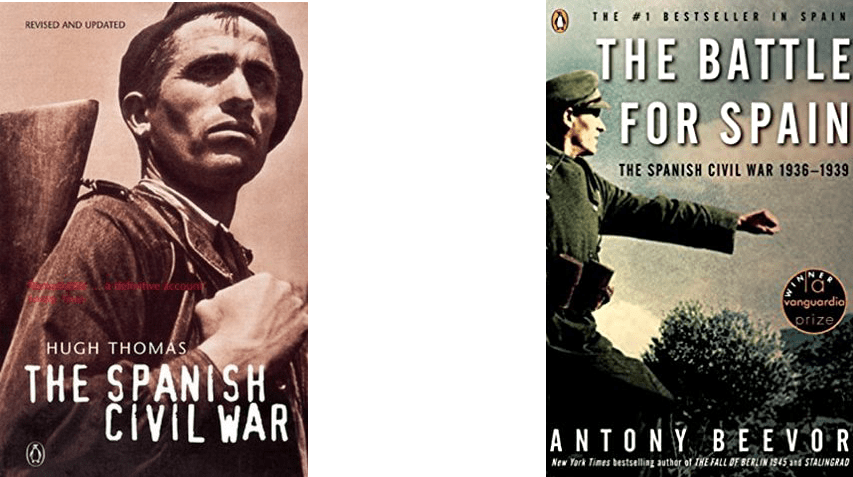
Hooton, E R (2019). Spain in Arms – a Military History of the Spanish Civil War. Philadelphia and Oxford: Casemate.
Payne, Stanley G; Palacios, Jesus (2014). Franco – a Personal and Political Biography. Wisconsin: The University of Wisconsin Press.
Graham, Helen (2005). The Spanish Civil War - a very short introduction. Oxford: Oxford UP.
Puell, Fernando; Huerta, Justo (2007). Atlas de la Guerra Civil española. Madrid: Editorial Sintesis
Alpert, Michael (2007). The Republican Army in the Spanish Civil War, 1936-1939. Cambridge: Cambridge University Press.
Selected Movies on the Spanish Civil War
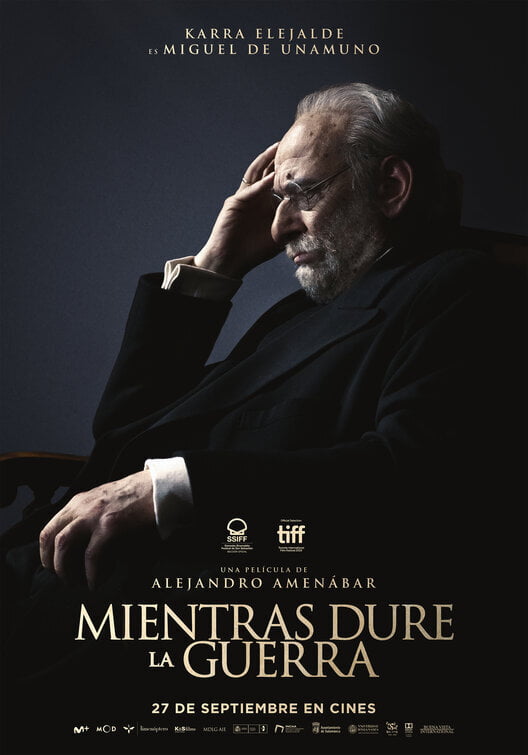
Dragón Rapide (1986)
Belle Epoque (1993) (pre war)
The Devil’s Backbone (2001)
Pan’s Labyrinth (2006) (post war)
Libertarias (1996)
The Soldiers of Salamis (2003)
Land and Freedom (1995)
There Be Dragons (2011)
La Voz Dormida (2011)
